Internet disruptions overview for Q2 2022
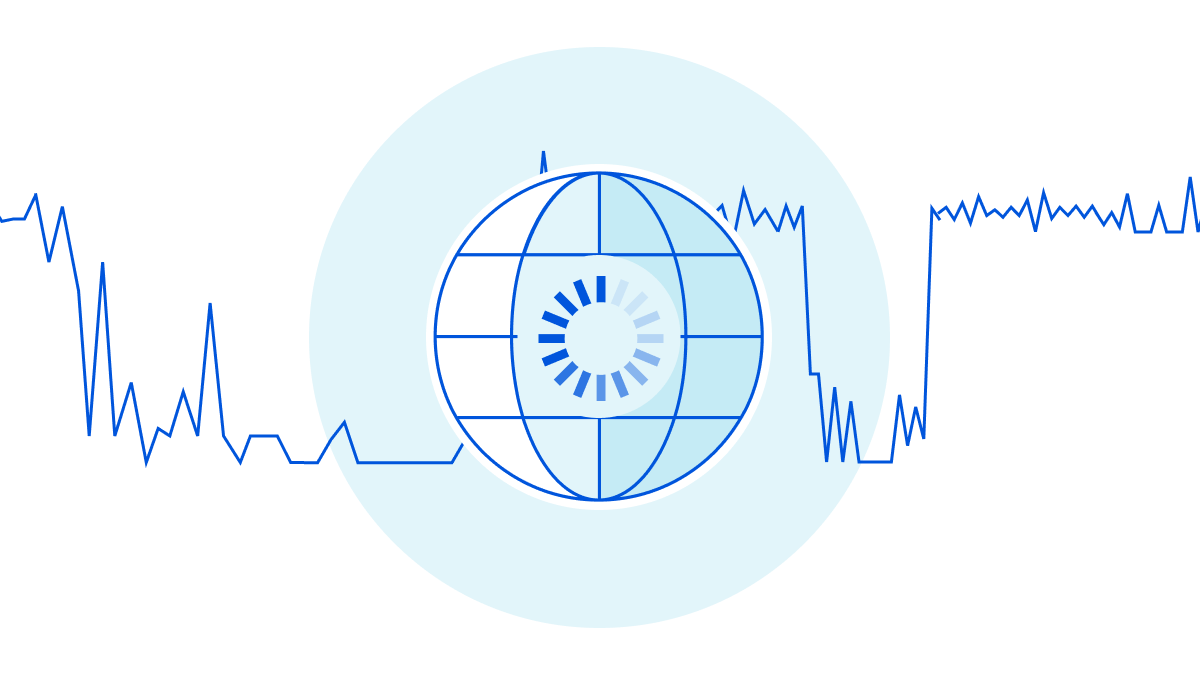
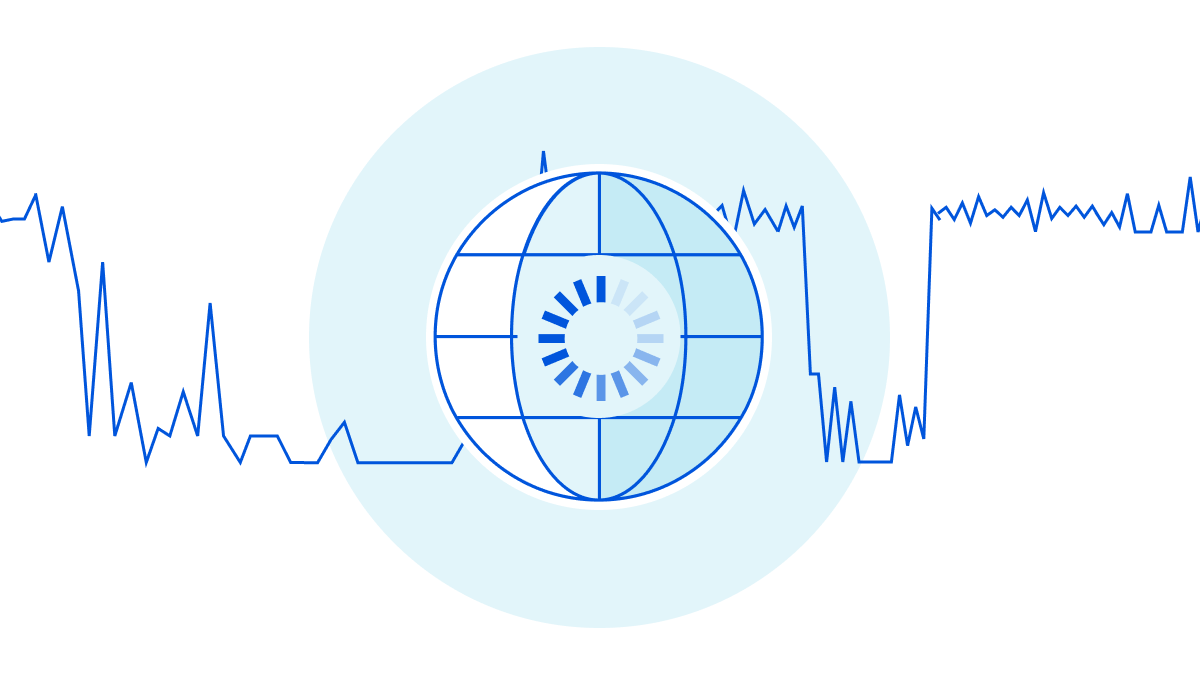
Cloudflare operates in more than 270 cities in over 100 countries, where we interconnect with over 10,000 network providers in order to provide a broad range of services to millions of customers. The breadth of both our network and our customer base provides us with a unique perspective on Internet resilience, enabling us to observe the impact of Internet disruptions. In many cases, these disruptions can be attributed to a physical event, while in other cases, they are due to an intentional government-directed shutdown. In this post, we review selected Internet disruptions observed by Cloudflare during the second quarter of 2022, supported by traffic graphs from Cloudflare Radar and other internal Cloudflare tools, and grouped by associated cause or common geography.
Optic outages
This quarter, we saw the usual complement of damage to both terrestrial and submarine fiber-optic cables, including one that impacted multiple countries across thousands of miles, and another more localized outage that was due to an errant rodent.
Comcast
On April 25, Comcast subscribers in nearly 20 southwestern Florida cities experienced an outage, reportedly due to a fiber cut. The traffic impact of this cut is clearly visible in the graph below, with Cloudflare traffic Continue reading
Making Page Shield malicious code alerts more actionable


Last year during CIO week, we announced Page Shield in general availability. Today, we talk about improvements we’ve made to help Page Shield users focus on the highest impact scripts and get more value out of the product. In this post we go over improvements to script status, metadata and categorization.
What is Page Shield?
Page Shield protects website owners and visitors against malicious 3rd party JavaScript. JavaScript can be leveraged in a number of malicious ways: browser-side crypto mining, data exfiltration and malware injection to mention a few.
For example a single hijacked JavaScript can expose millions of user’s credit card details across a range of websites to a malicious actor. The bad actor would scrape details by leveraging a compromised JavaScript library, skimming inputs to a form and exfiltrating this to a 3rd party endpoint under their control.
Today Page Shield partially relies on Content Security Policies (CSP), a browser native framework that can be used to control and gain visibility of which scripts are allowed to load on pages (while also reporting on any violations). We use these violation reports to provide detailed information in the Cloudflare dashboard regarding scripts being loaded by end-user browsers.
Page Shield Continue reading
A July 4 technical reading list
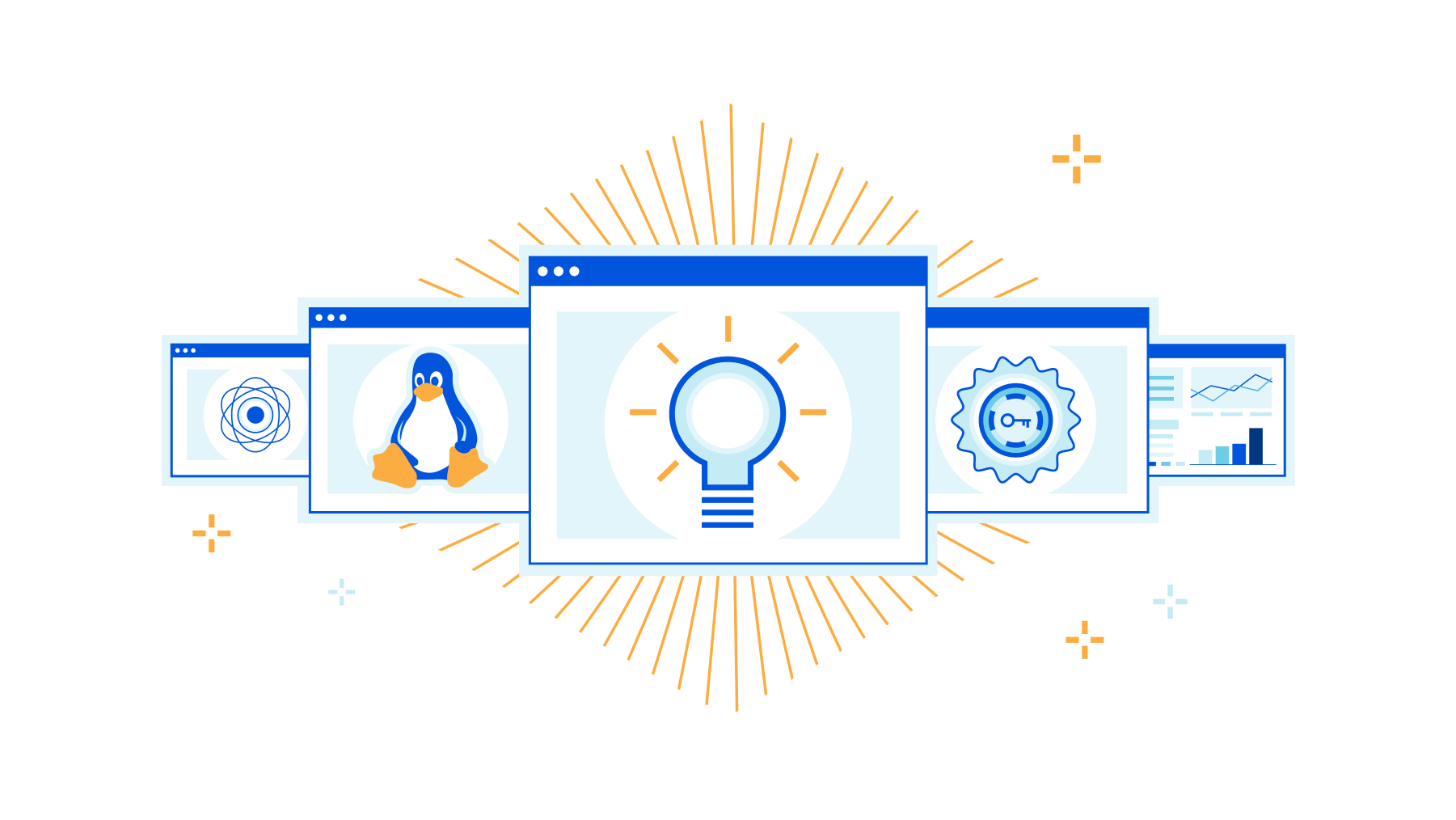
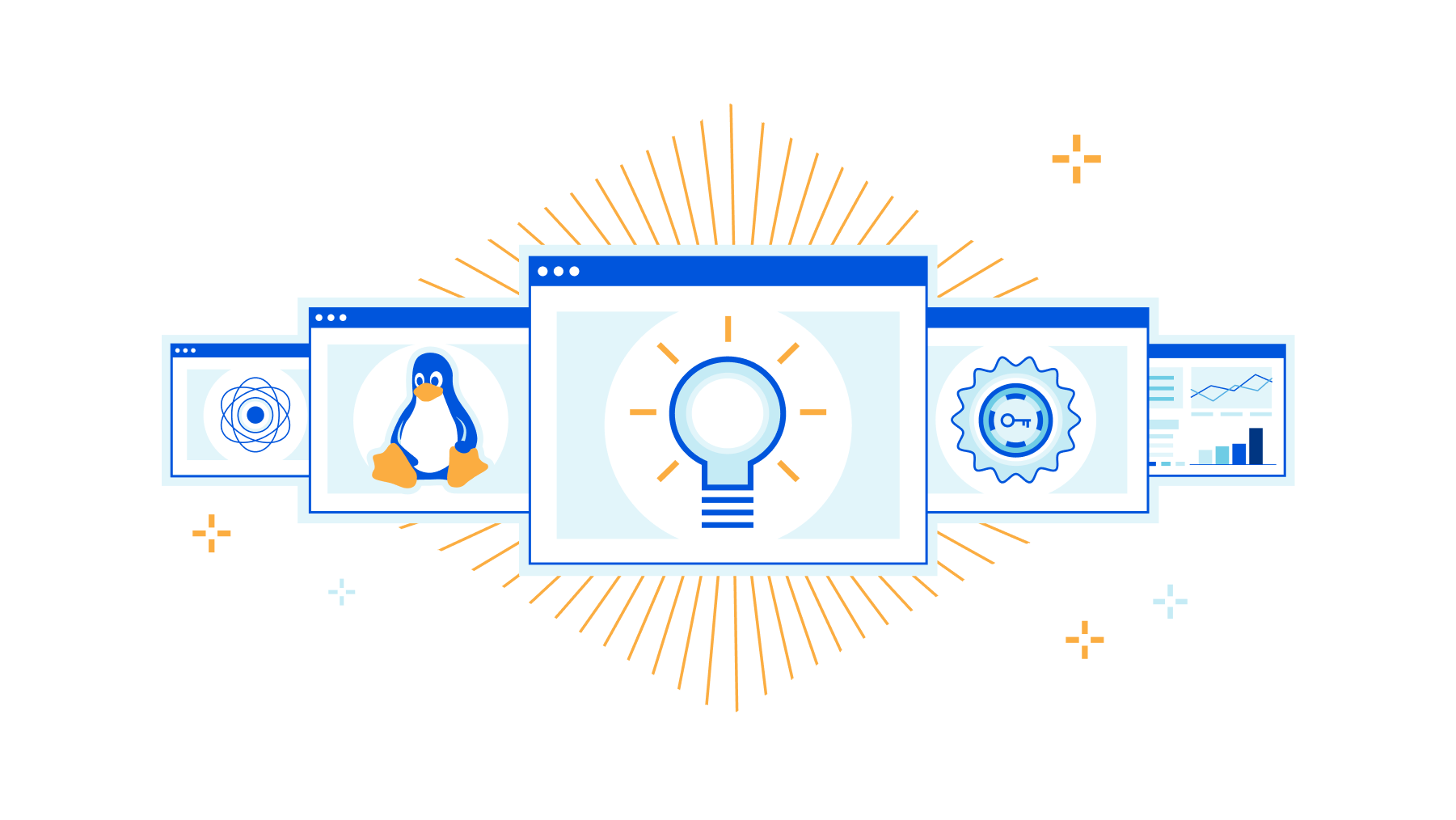
Here’s a short list of recent technical blog posts to give you something to read today.
Internet Explorer, we hardly knew ye
Microsoft has announced the end-of-life for the venerable Internet Explorer browser. Here we take a look at the demise of IE and the rise of the Edge browser. And we investigate how many bots on the Internet continue to impersonate Internet Explorer versions that have long since been replaced.
Live-patching security vulnerabilities inside the Linux kernel with eBPF Linux Security Module
Looking for something with a lot of technical detail? Look no further than this blog about live-patching the Linux kernel using eBPF. Code, Makefiles and more within!
Hertzbleed explained
Feeling mathematical? Or just need a dose of CPU-level antics? Look no further than this deep explainer about how CPU frequency scaling leads to a nasty side channel affecting cryptographic algorithms.
Early Hints update: How Cloudflare, Google, and Shopify are working together to build a faster Internet for everyone
The HTTP standard for Early Hints shows a lot of promise. How much? In this blog post, we dig into data about Early Hints in the real world and show how much faster the web is with it.
Private Continue reading
Optimizing TCP for high WAN throughput while preserving low latency
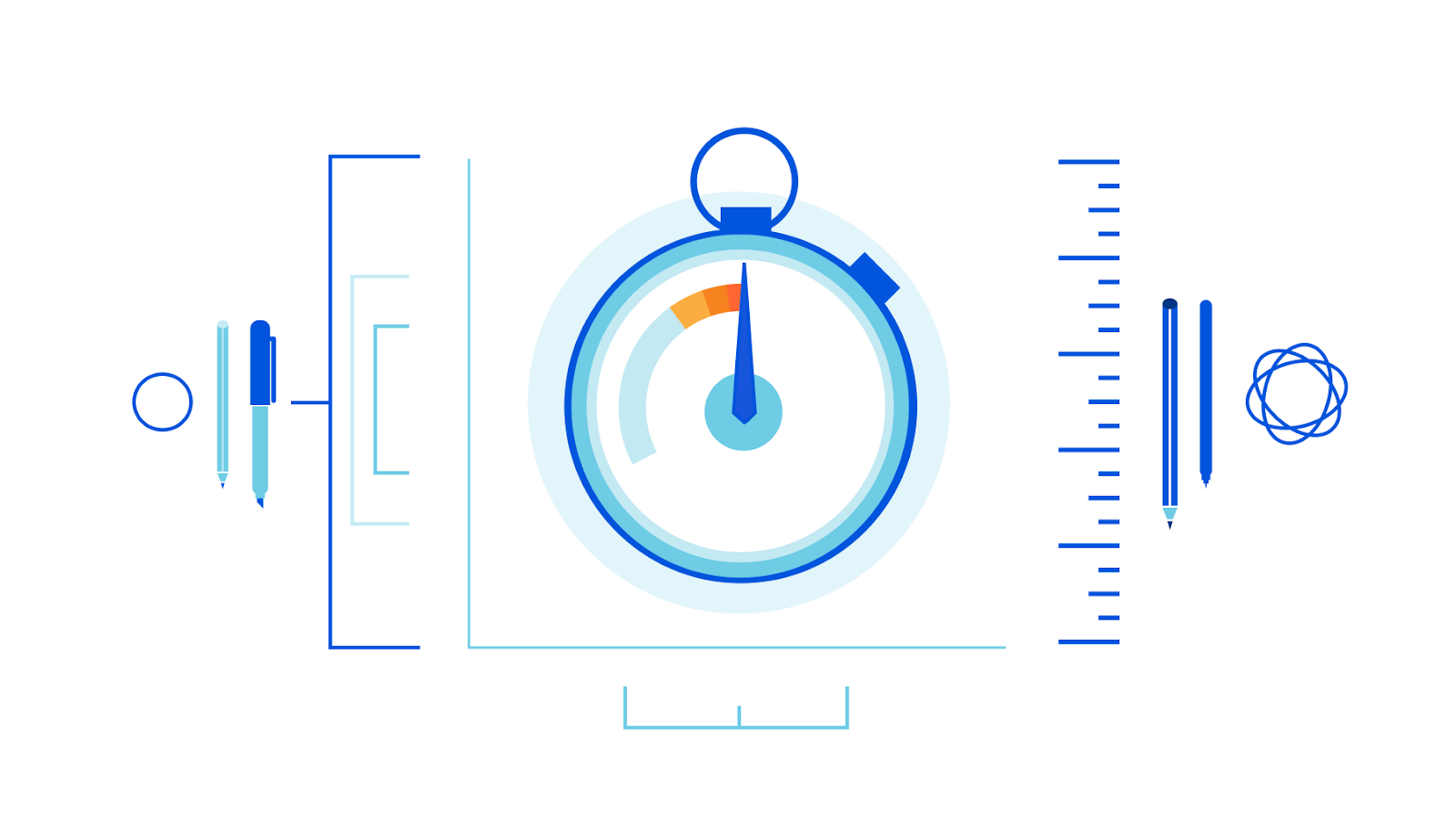
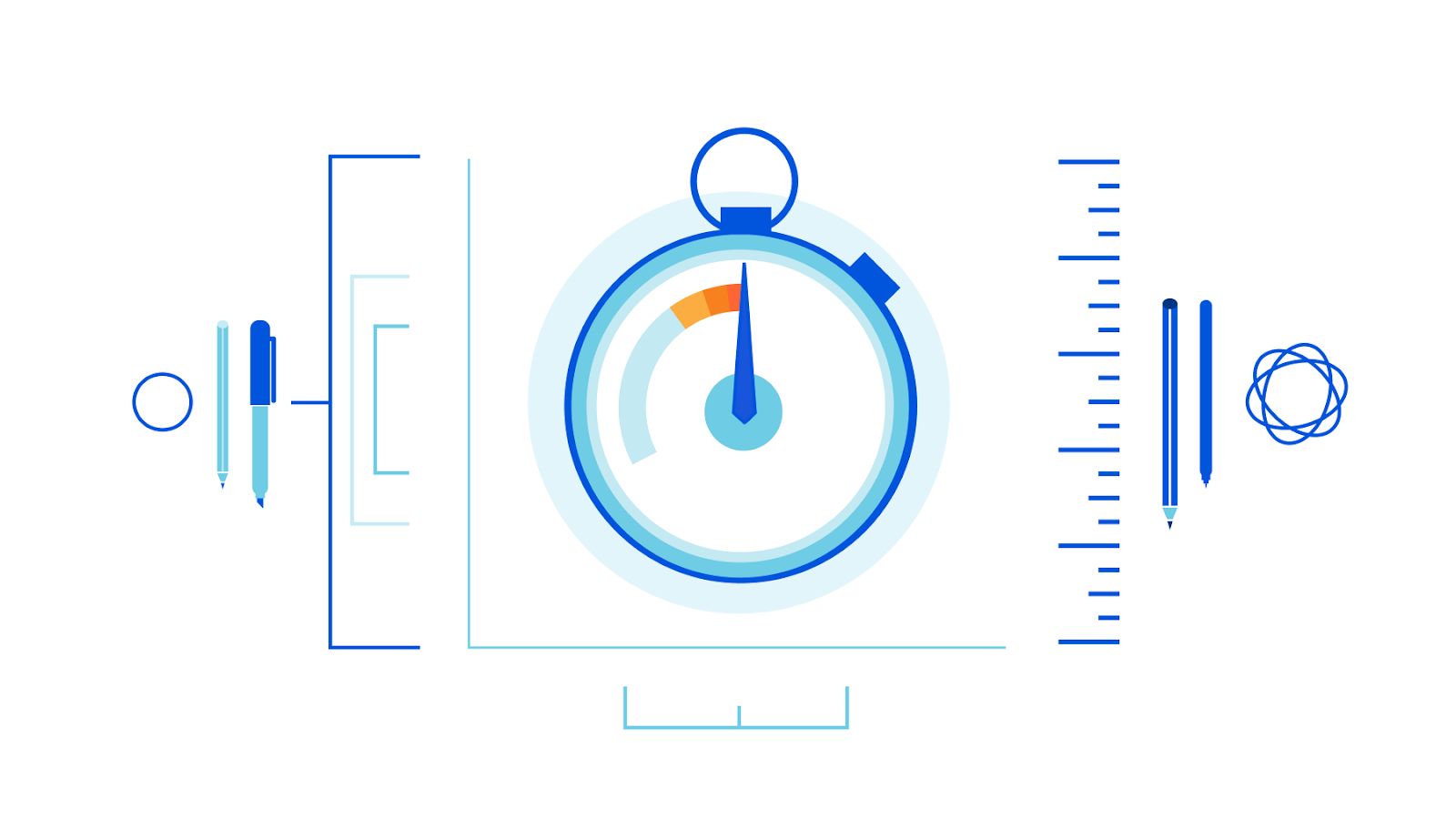
Here at Cloudflare we're constantly working on improving our service. Our engineers are looking at hundreds of parameters of our traffic, making sure that we get better all the time.
One of the core numbers we keep a close eye on is HTTP request latency, which is important for many of our products. We regard latency spikes as bugs to be fixed. One example is the 2017 story of "Why does one NGINX worker take all the load?", where we optimized our TCP Accept queues to improve overall latency of TCP sockets waiting for accept().
Performance tuning is a holistic endeavor, and we monitor and continuously improve a range of other performance metrics as well, including throughput. Sometimes, tradeoffs have to be made. Such a case occurred in 2015, when a latency spike was discovered in our processing of HTTP requests. The solution at the time was to set tcp_rmem to 4 MiB, which minimizes the amount of time the kernel spends on TCP collapse processing. It was this collapse processing that was causing the latency spikes. Later in this post we discuss TCP collapse processing in more detail.
The tradeoff is that using a low value for Continue reading
Managed Transforms: templated HTTP header modifications

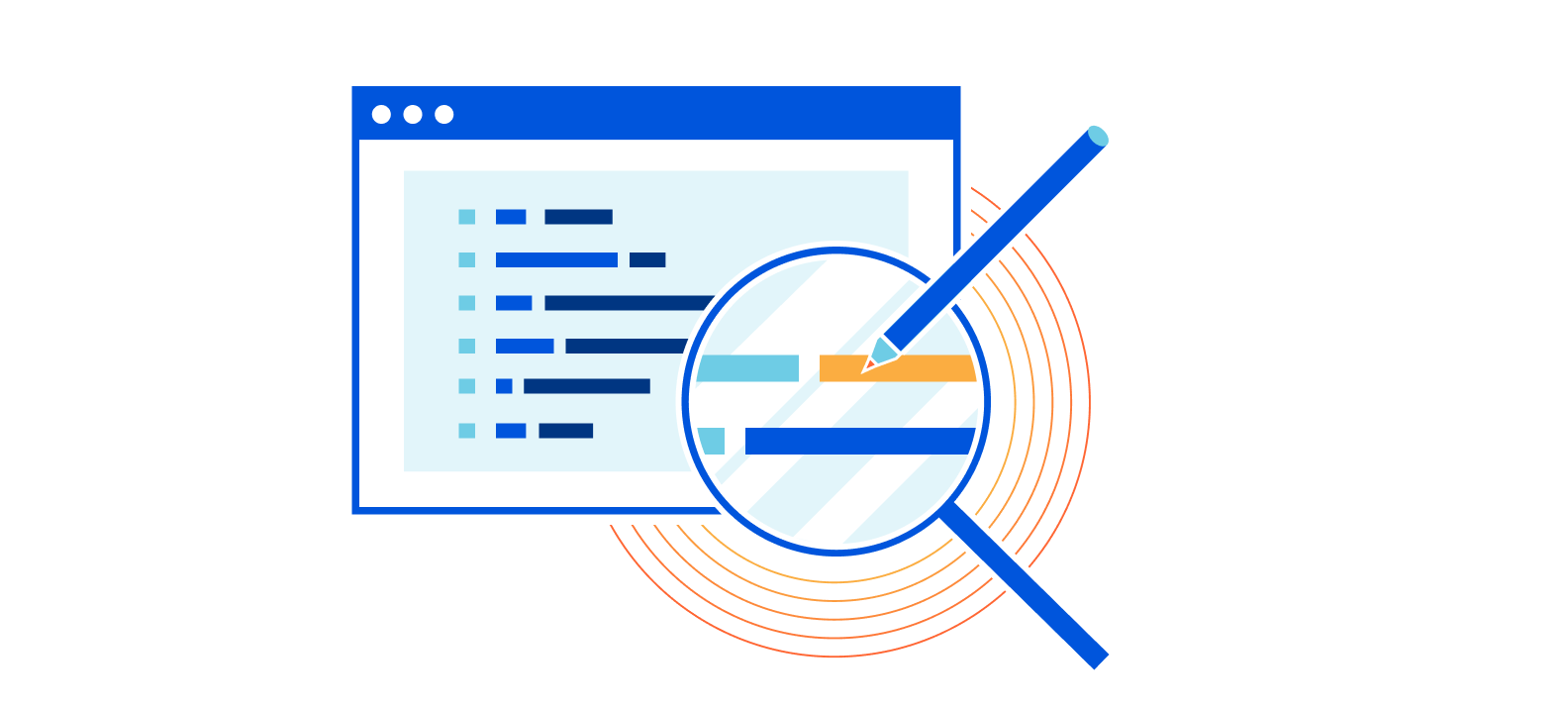
Managed Transforms is the next step on a journey to make HTTP header modification a trivial task for our customers. In early 2021 the only way for Cloudflare customers to modify HTTP headers was by writing a Cloudflare Worker. We heard from numerous customers who wanted a simpler way.
In June 2021 we introduced Transform Rules, giving customers a simple UI letting them specify what the custom HTTP header’s name and value is—either a static string (i.e. X-My-CDN: Cloudflare) or a dynamically populated value (i.e. X-Bot-Score: cf.bot_management.score).
This made the job much simpler, however there is still a good amount of thought required—with a number of potential drop-off points on the user journey. For example, in order to dynamically populate the bot score into the value of an HTTP request header, the user needs to know the correct field name. To find that they'll need to go to the documentation site, find the correct section, etc.
When we analyzed how our customers use Transform Rules we found a set of very common use cases in the data. Four of the top eight fields used were relating to bot management; customers wanting to have the Continue reading
Internet Explorer, we hardly knew ye

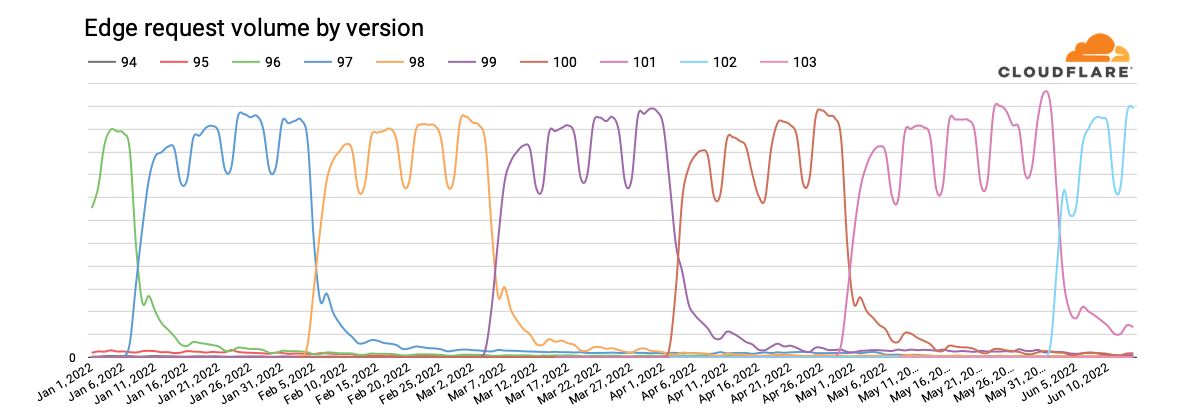
On May 19, 2021, a Microsoft blog post announced that “The future of Internet Explorer on Windows 10 is in Microsoft Edge” and that “the Internet Explorer 11 desktop application will be retired and go out of support on June 15, 2022, for certain versions of Windows 10.” According to an associated FAQ page, those “certain versions” include Windows 10 client SKUs and Windows 10 IoT. According to data from Statcounter, Windows 10 currently accounts for over 70% of desktop Windows market share on a global basis, so this “retirement” impacts a significant number of Windows systems around the world.
As the retirement date for Internet Explorer 11 has recently passed, we wanted to explore several related usage trends:
- Is there a visible indication that use is declining in preparation for its retirement?
- Where is Internet Explorer 11 still in the heaviest use?
- How does the use of Internet Explorer 11 compare to previous versions?
- How much Internet Explorer traffic is “likely human” vs. “likely automated”?
- How do Internet Explorer usage patterns compare with those of Microsoft Edge, its replacement?
The long goodbye
Publicly released in January 2020, and automatically rolled out to Windows users starting Continue reading
Live-patching security vulnerabilities inside the Linux kernel with eBPF Linux Security Module
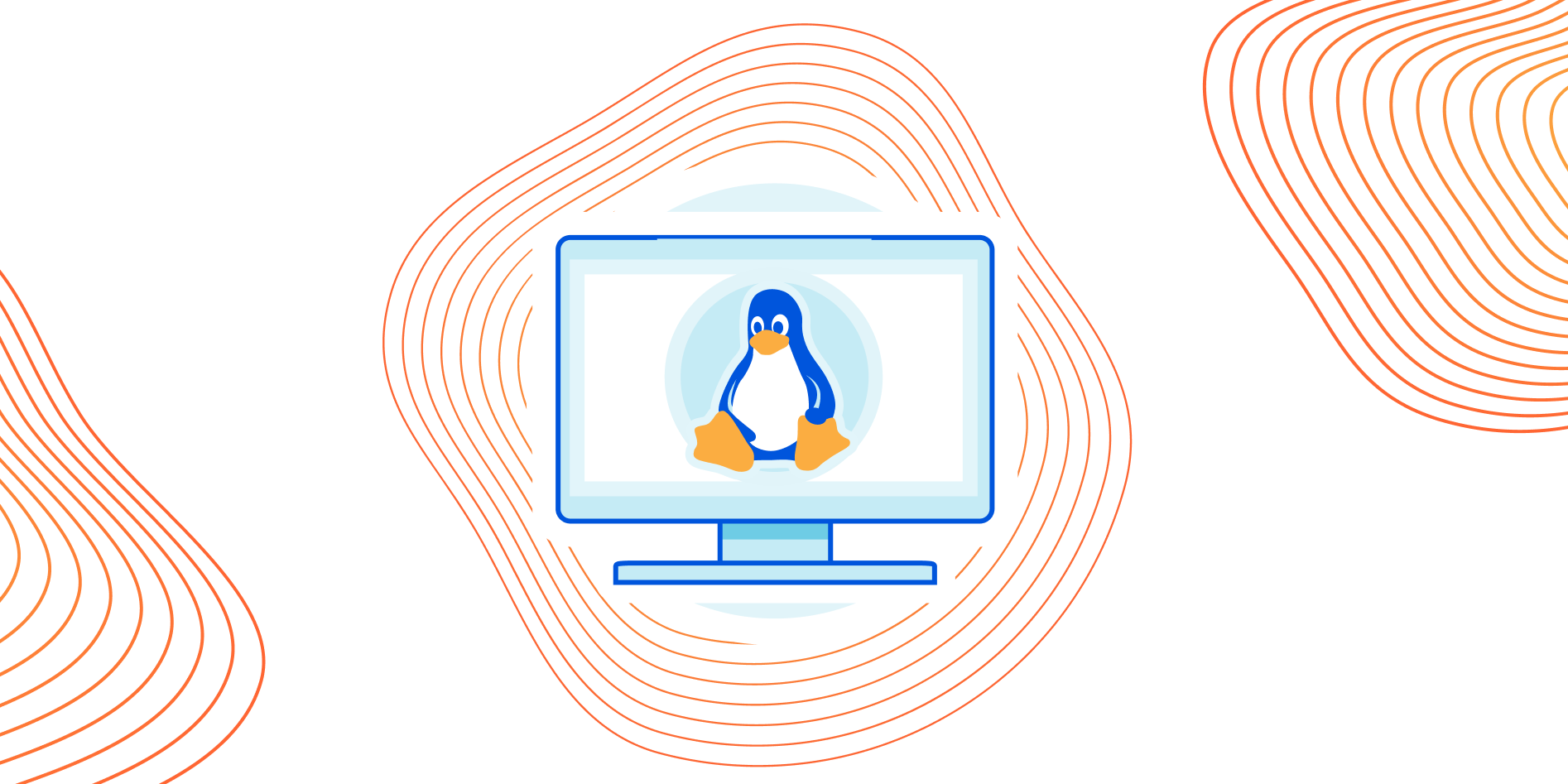

Linux Security Modules (LSM) is a hook-based framework for implementing security policies and Mandatory Access Control in the Linux kernel. Until recently users looking to implement a security policy had just two options. Configure an existing LSM module such as AppArmor or SELinux, or write a custom kernel module.
Linux 5.7 introduced a third way: LSM extended Berkeley Packet Filters (eBPF) (LSM BPF for short). LSM BPF allows developers to write granular policies without configuration or loading a kernel module. LSM BPF programs are verified on load, and then executed when an LSM hook is reached in a call path.
Let’s solve a real-world problem
Modern operating systems provide facilities allowing "partitioning" of kernel resources. For example FreeBSD has "jails", Solaris has "zones". Linux is different - it provides a set of seemingly independent facilities each allowing isolation of a specific resource. These are called "namespaces" and have been growing in the kernel for years. They are the base of popular tools like Docker, lxc or firejail. Many of the namespaces are uncontroversial, like the UTS namespace which allows the host system to hide its hostname and time. Others are complex but straightforward - NET and NS (mount) namespaces Continue reading
Hertzbleed explained
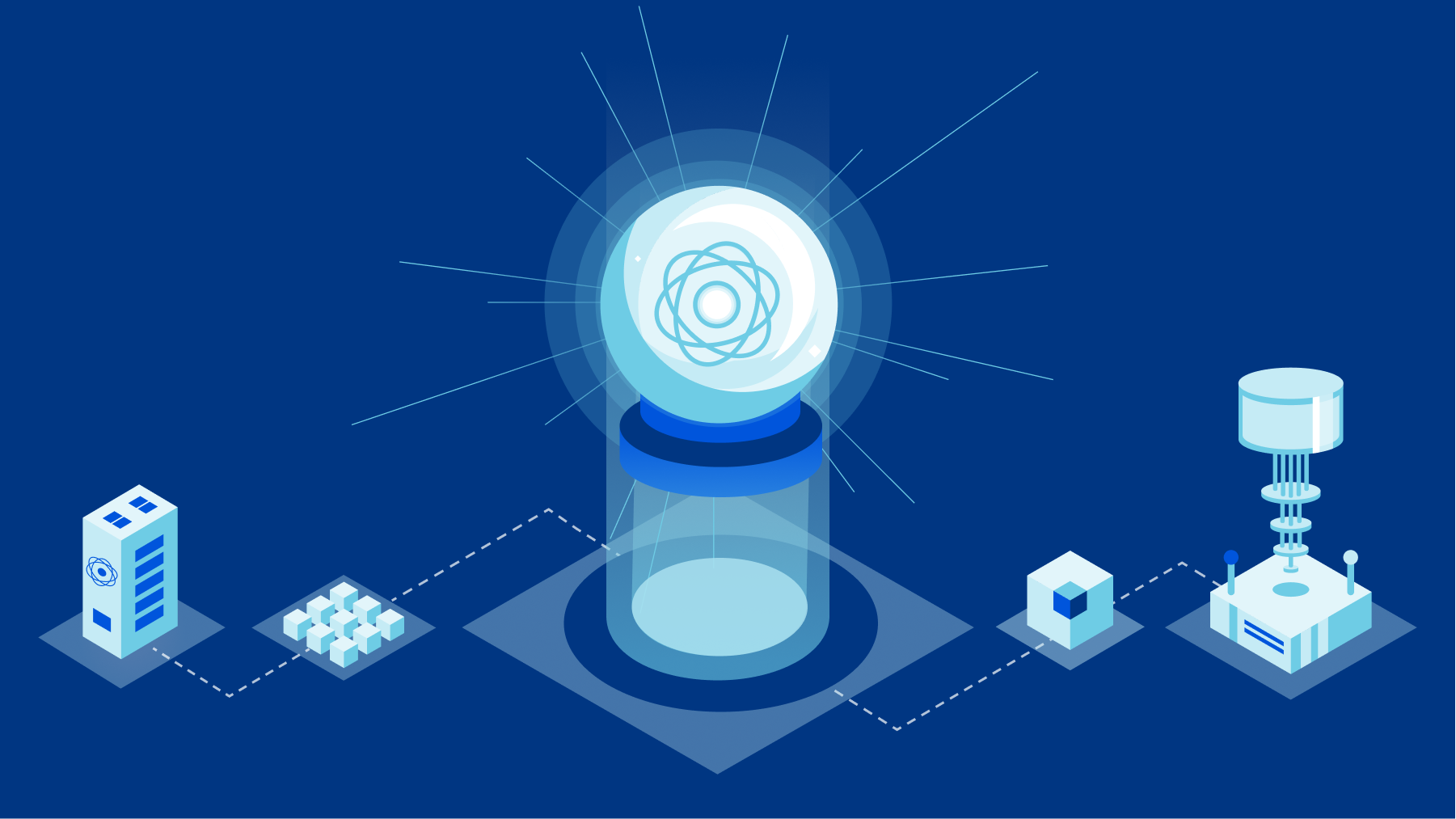
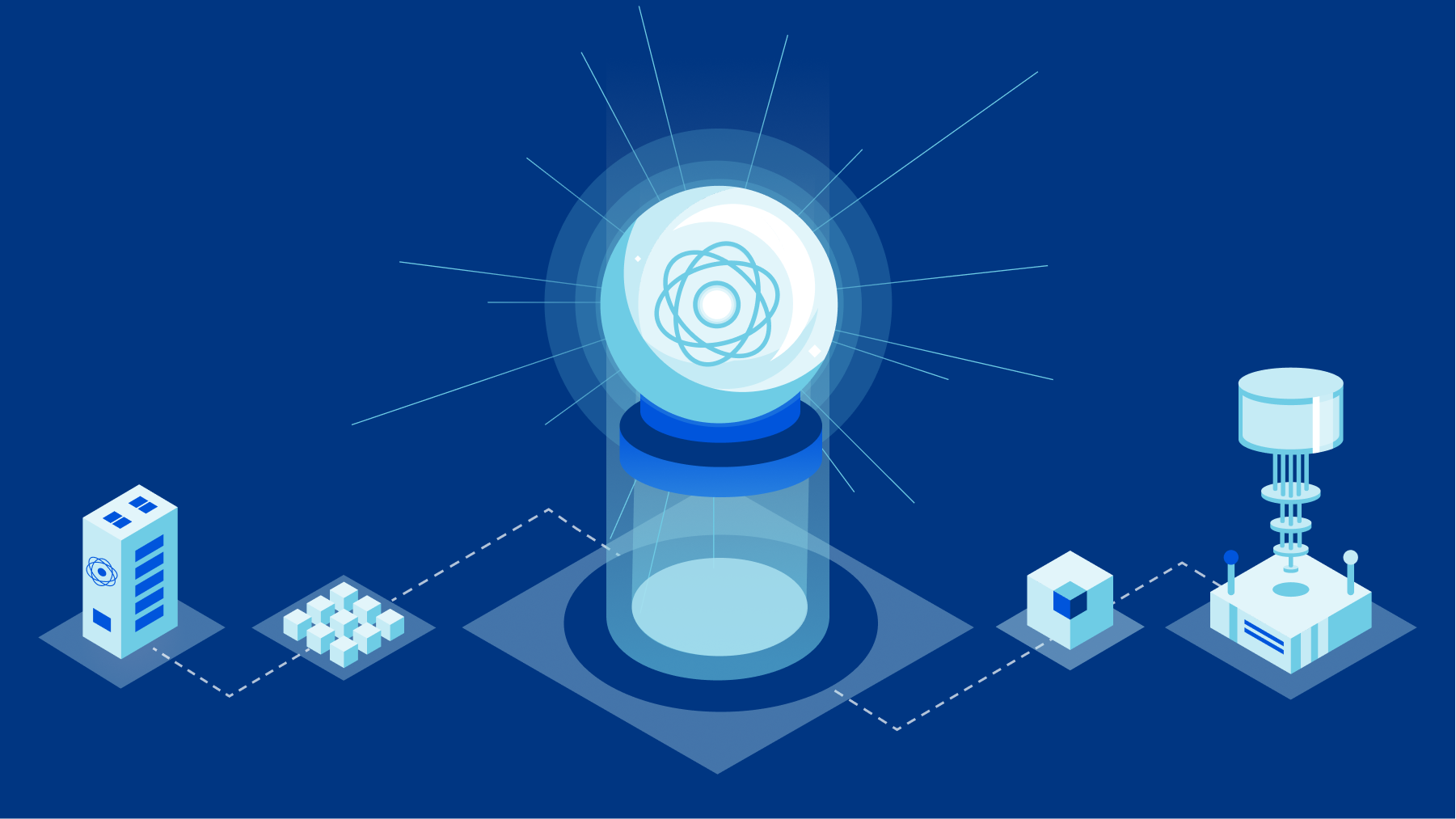
You may have heard a bit about the Hertzbleed attack that was recently disclosed. Fortunately, one of the student researchers who was part of the team that discovered this vulnerability and developed the attack is spending this summer with Cloudflare Research and can help us understand it better.
The first thing to note is that Hertzbleed is a new type of side-channel attack that relies on changes in CPU frequency. Hertzbleed is a real, and practical, threat to the security of cryptographic software.
Should I be worried?
From the Hertzbleed website,
“If you are an ordinary user and not a cryptography engineer, probably not: you don’t need to apply a patch or change any configurations right now. If you are a cryptography engineer, read on. Also, if you are running a SIKE decapsulation server, make sure to deploy the mitigation described below.”
Notice: As of today, there is no known attack that uses Hertzbleed to target conventional and standardized cryptography, such as the encryption used in Cloudflare products and services. Having said that, let’s get into the details of processor frequency scaling to understand the core of this vulnerability.
In short, the Hertzbleed attack shows that, under certain Continue reading
New partner program for SMB agencies & hosting partners now in closed beta
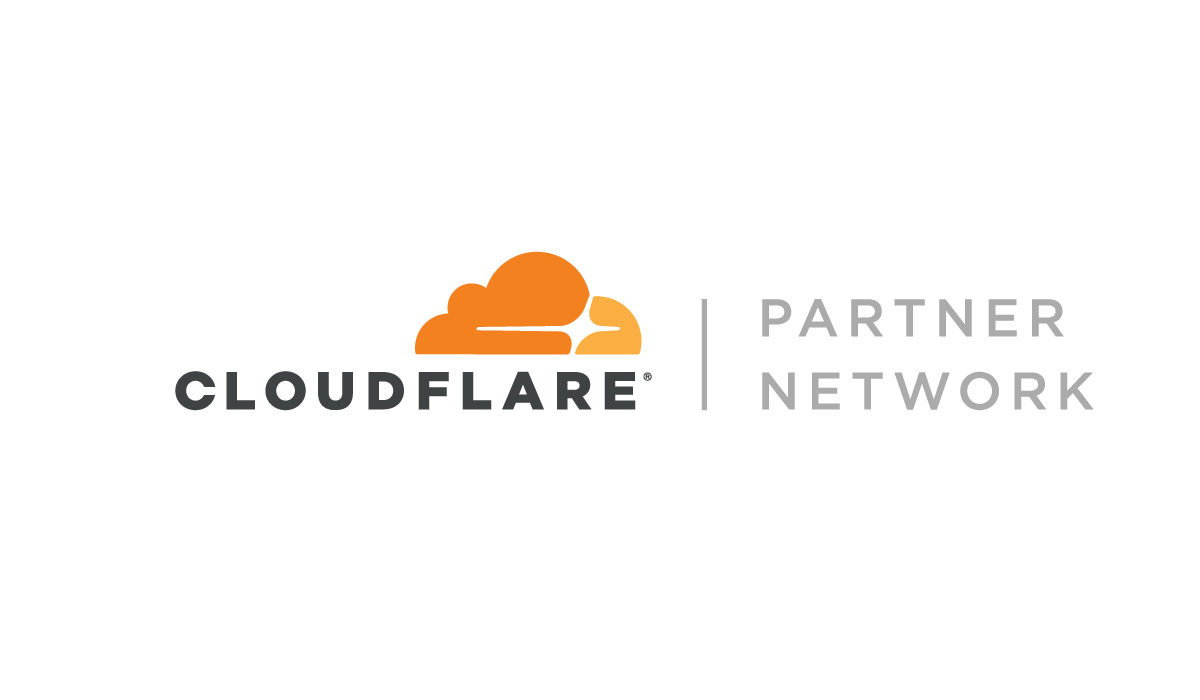
A fundamental principle here at Cloudflare has always been that we want to serve everyone - from individual developers to small businesses to large corporations. In the earliest days, we provided services to hosting partners and resellers around the globe, who helped bring Cloudflare to thousands of domains with free caching and DDoS protection for shared infrastructures.
Today, we want to reinforce our commitment to our hosting ecosystem and small business partners that leverage Cloudflare to help bring a better Internet experience to their customers. We've been building a robust multi-tenant partner platform that we will begin to open up to everyone searching for a faster, safer, and better Internet experience. This platform will come in the form of a Self Serve Partner program that will allow SMB agencies & hosting partners to create accounts for all their customers under one dashboard, consolidate billing, and provide discounted plans to our partners.
Deprecation of our legacy APIs
To make way for the new, we first must discuss the end-of-life of some of Cloudflare’s earliest APIs. Built and launched in 2011, our Hosting and Optimized Partner Programs allowed our initial CDN and DDoS solutions to expand to brand-new audiences around the Continue reading
Network performance update: Cloudflare One Week June 2022


In September 2021, we shared extensive benchmarking results of 1,000 networks all around the world. The results showed that on a range of tests (TCP connection time, time to first byte, time to last byte), and on different measures (p95, mean), Cloudflare was the fastest provider in 49% of the top 1,000 networks around the world.
Since then, we’ve expanded our testing to cover not just 1,000 but 3,000 networks, and we’ve worked to continuously improve performance, with the ultimate goal of being the fastest everywhere and an intermediate goal to grow the number of networks where we’re the fastest by at least 10% every Innovation Week. We met that goal Platform Week May 2022), and we’re carrying the work over to Cloudflare One Week (June 2022).
We’re excited to share that Cloudflare was the fastest provider in 1,290 of the top 3,000 most reported networks, up from 1,280 even one month ago during Platform Week.
Measuring what matters
To quantify global network performance, we have to get enough data from around the world, across all manner of different networks, comparing ourselves with other providers. We use Real User Measurements (RUM) to fetch a 100kB file from different providers. Continue reading
Identifying content gaps in our documentation
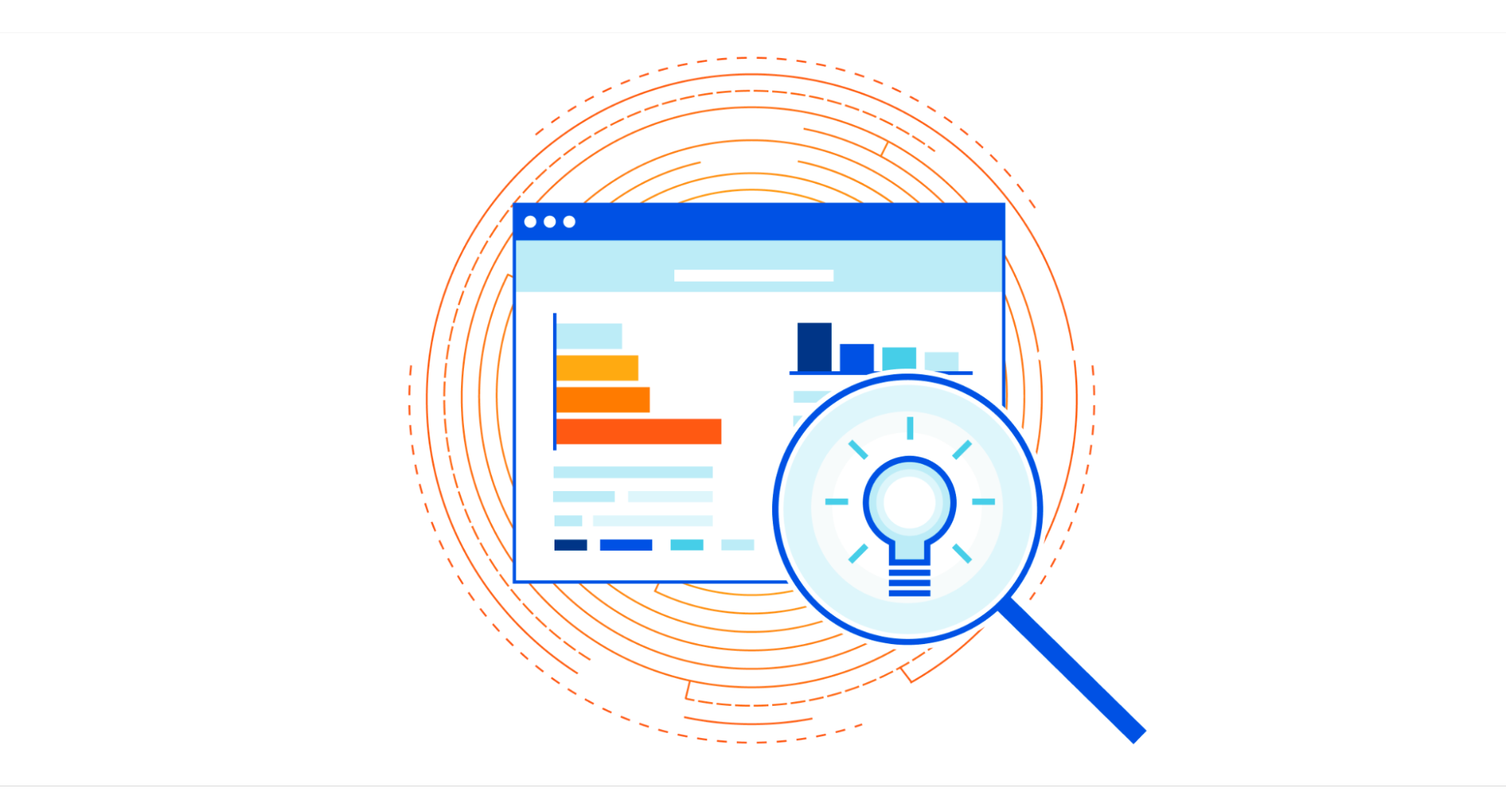

If you’ve tuned into this blog for long enough, you’ll notice that we’re pretty big on using and stress-testing our own products (“dogfooding”) at Cloudflare.
That applies to our security team, product teams, and – as my colleague Kristian just blogged about – even our documentation team. We’re incredibly excited to be on the Pages platform, both because of the performance and workflow improvements and the opportunity to help the platform develop.
What you probably haven’t heard about is how our docs team uses dogfooding – and data – to improve our documentation.
Dogfooding for docs
As a technical writer, it’s pretty common to do the thing you’re documenting. After all, it’s really hard to write step-by-step instructions if you haven’t been through those steps. It’s also a great opportunity to provide feedback to our product teams.
What’s not as common for a writer, however, is actually using the thing you’re documenting. And it’s totally understandable why. You’re already accountable to your deadlines and product managers, so you might not have the time. You might not have the technical background. And then there’s the whole problem of a real-world use case. If you’re really dedicated, you can set Continue reading
Cloudflare One vs Zscaler Zero Trust Exchange: who is most feature complete? It’s not who you might expect
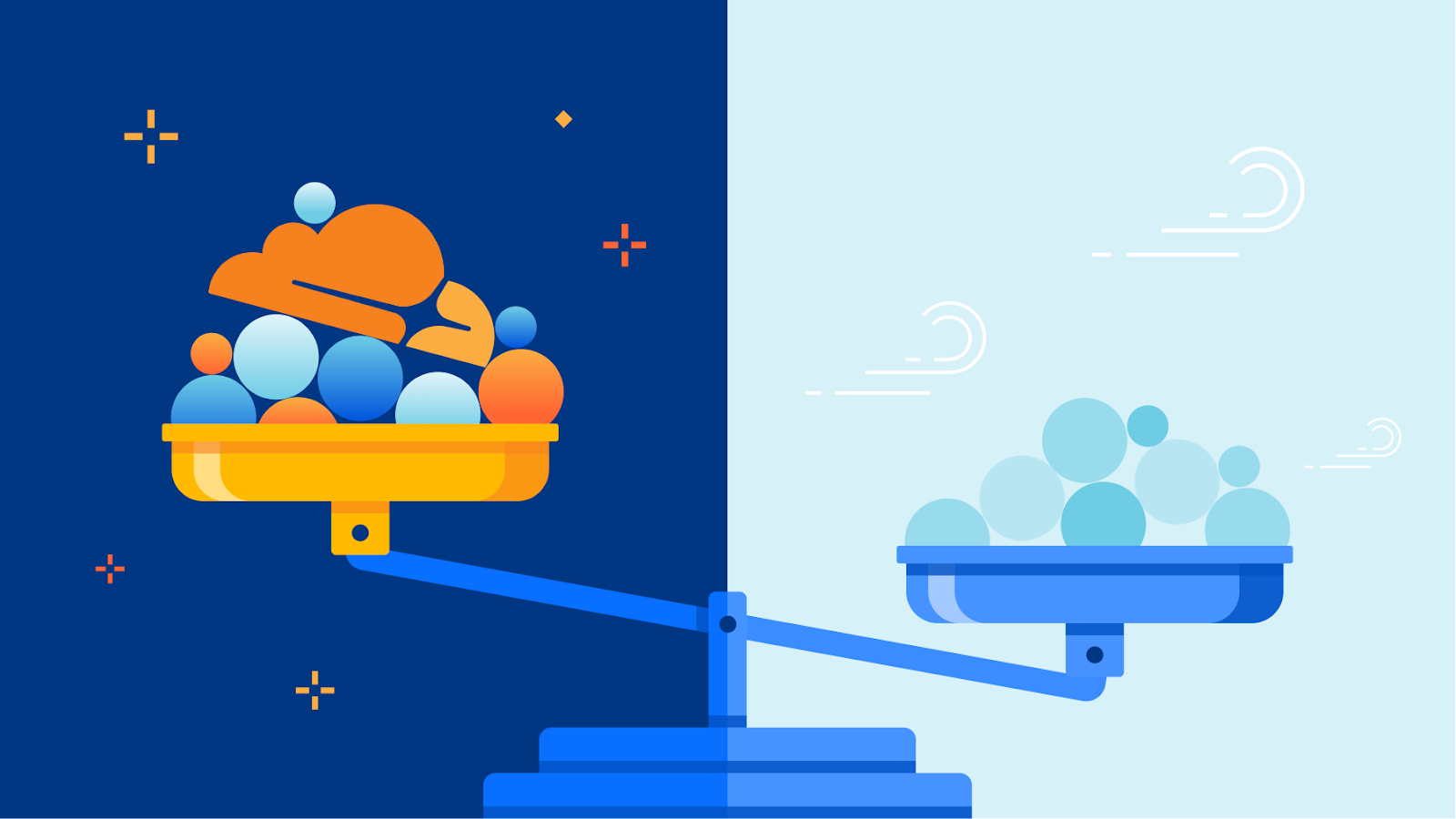
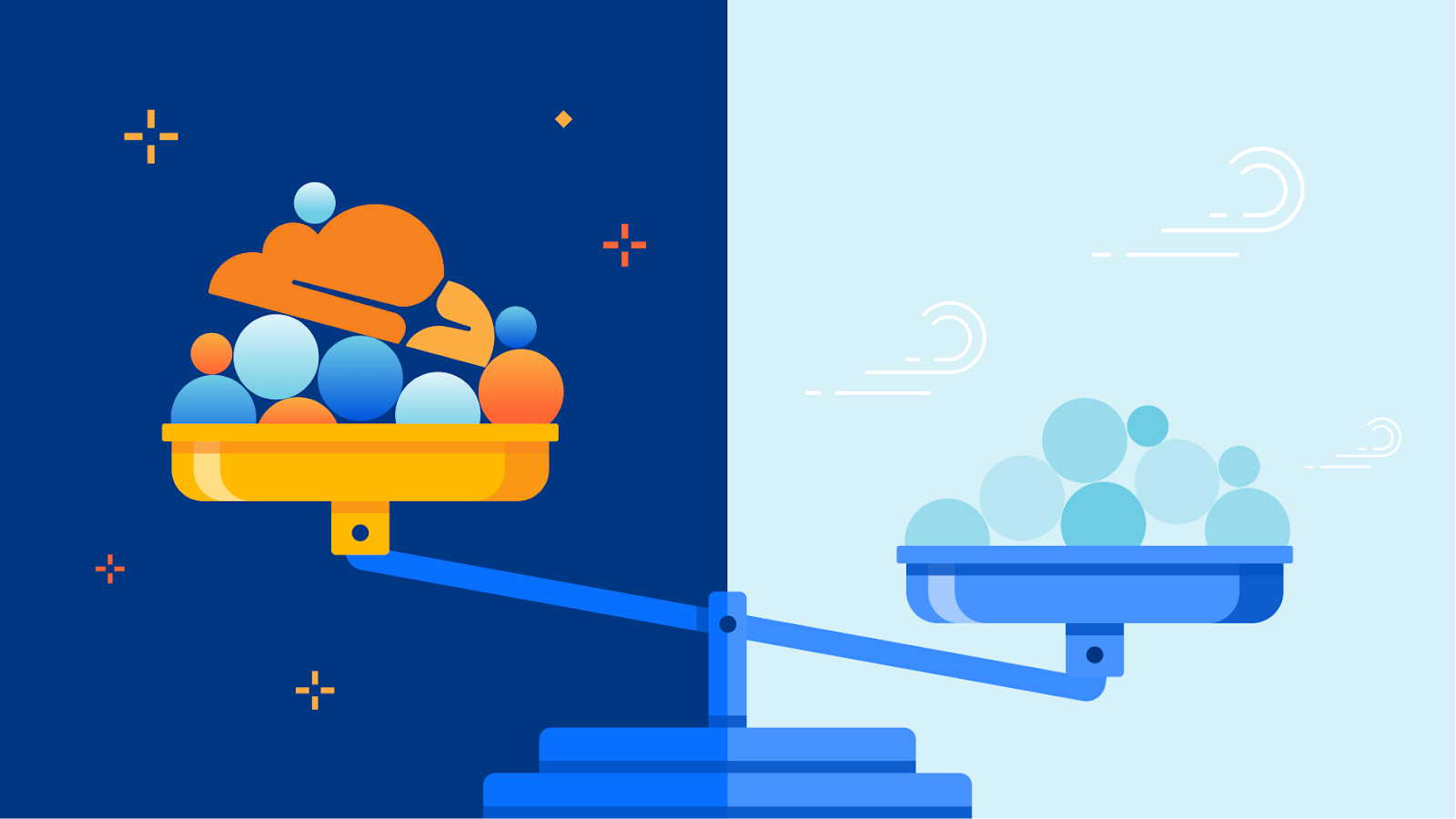
Zscaler has been building out its security offerings for 15 years. Cloudflare is 13 years old, and we have been delivering Zero Trust for the last four. This sounds like we are a late starter — but in this post, we’re going to show that on total Zero Trust, SSE, SASE and beyond, Cloudflare One functionality surpasses that of Zscaler Zero Trust Exchange.
| Functional Criteria Group | Cloudflare | Zscaler |
|---|---|---|
| Internet-native network platform | 100% (5 of 5) | 20% (1 of 5) |
| Cloud-native service platform | 100% (4 of 4) | 25% (1 of 4) |
| Services to adopt SASE | 83% (5 of 6) | 66% (4 of 6) |
| Services to extend ZT, SSE, SASE and beyond | 66% (8 of 12) | 58% (7 of 12) |
| Network on-ramps | 90% (9 of 10) | 50% (5 of 10) |
This may come as a surprise to many folks. When we’ve shared this with customers, the question we’ve often received is: How? How has Cloudflare been able to build out a competitive offering so quickly?
Having built out Continue reading
How Cloudflare Security does Zero Trust
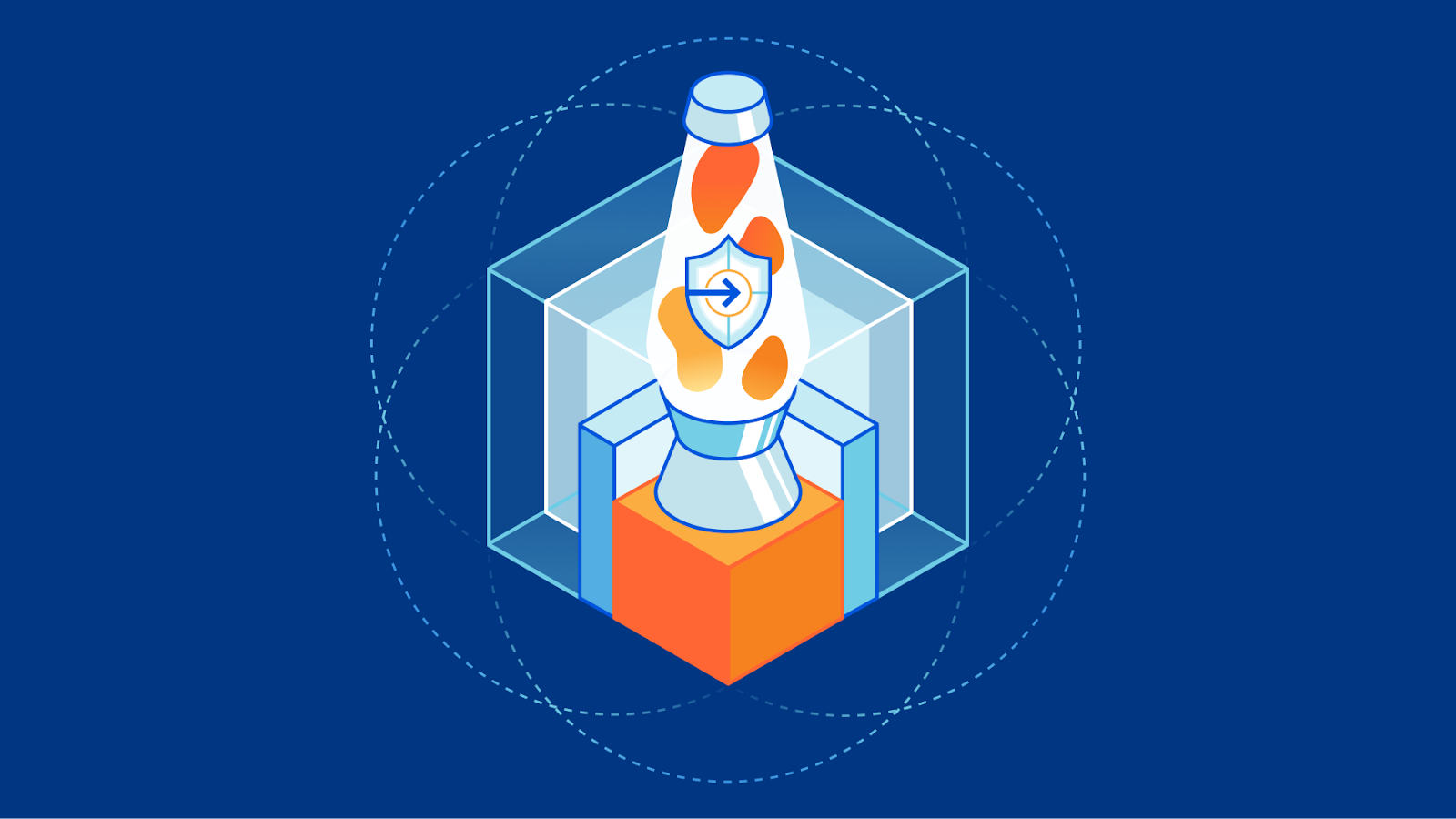
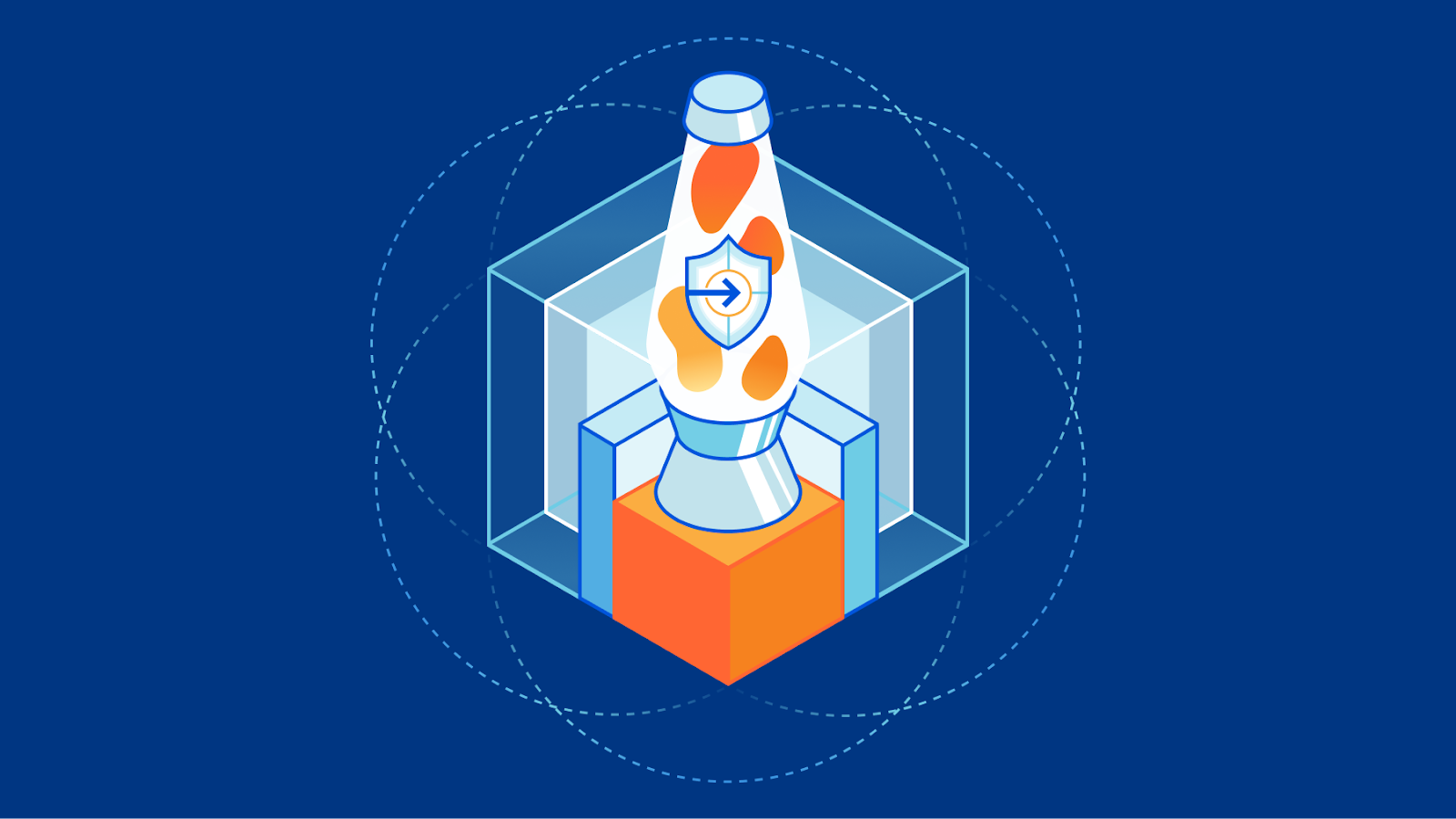
Throughout Cloudflare One week, we provided playbooks on how to replace your legacy appliances with Zero Trust services. Using our own products is part of our team’s culture, and we want to share our experiences when we implemented Zero Trust.
Our journey was similar to many of our customers. Not only did we want better security solutions, but the tools we were using made our work more difficult than it needed to be. This started with just a search for an alternative to remotely connecting on a clunky VPN, but soon we were deploying Zero Trust solutions to protect our employees’ web browsing and email. Next, we are looking forward to upgrading our SaaS security with our new CASB product.
We know that getting started with Zero Trust can seem daunting, so we hope that you can learn from our own journey and see how it benefited us.
Replacing a VPN: launching Cloudflare Access
Back in 2015, all of Cloudflare’s internally-hosted applications were reached via a hardware-based VPN. On-call engineers would fire up a client on their laptop, connect to the VPN, and log on to Grafana. This process was frustrating and slow.
Many of the products we build are Continue reading
Kubectl with Cloudflare Zero Trust
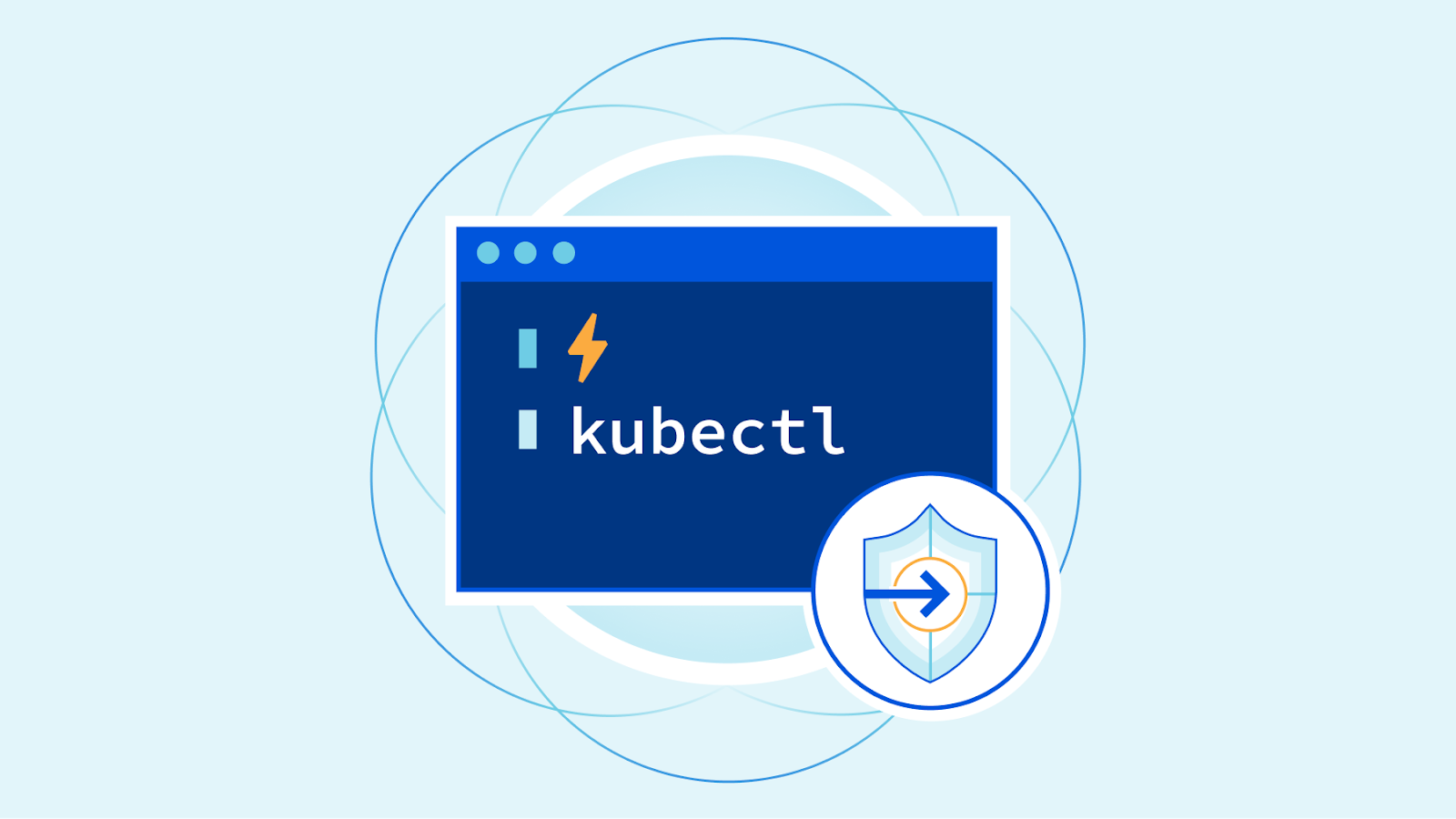
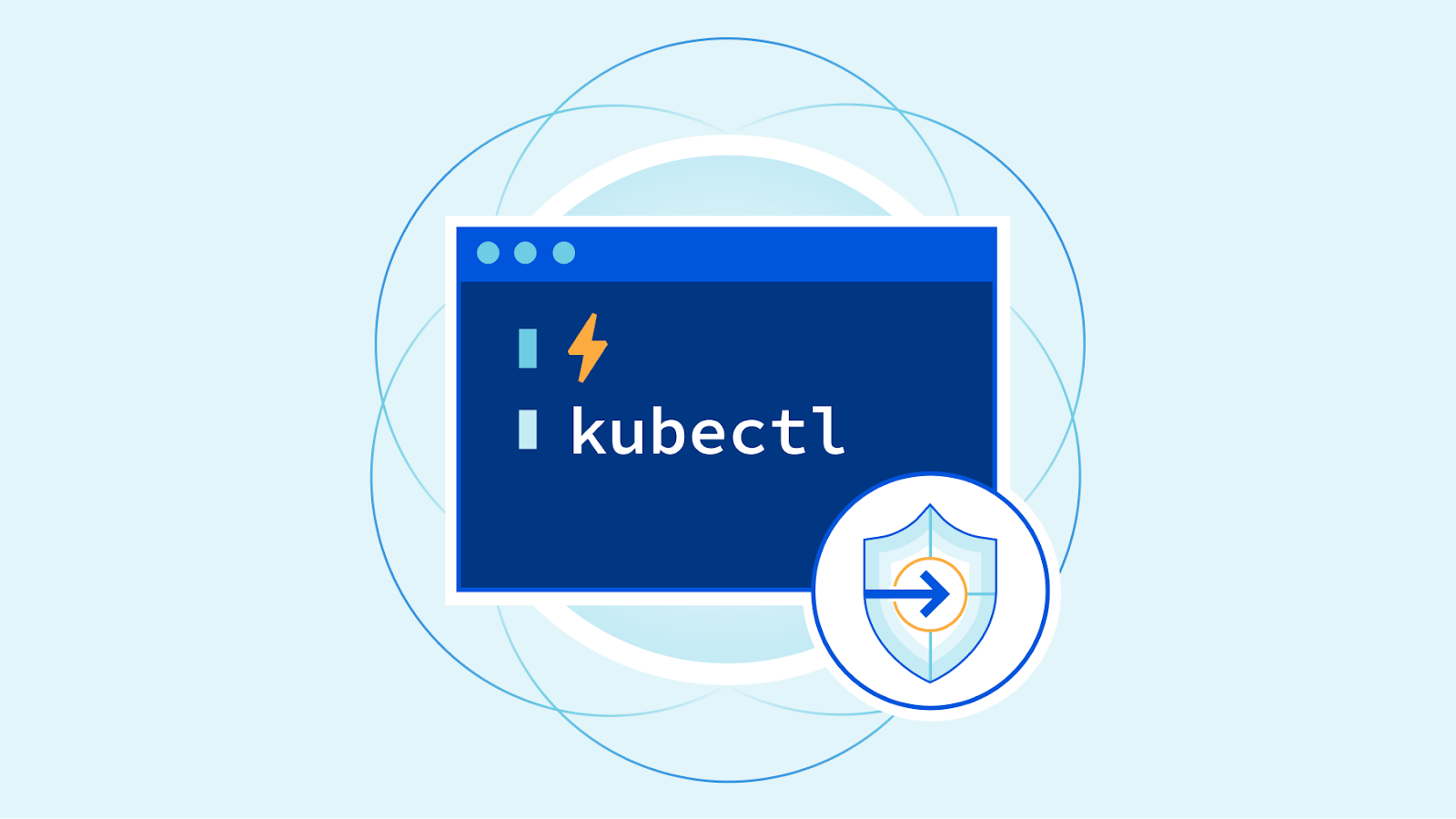
Cloudflare is a heavy user of Kubernetes for engineering workloads: it's used to power the backend of our APIs, to handle batch-processing such as analytics aggregation and bot detection, and engineering tools such as our CI/CD pipelines. But between load balancers, API servers, etcd, ingresses, and pods, the surface area exposed by Kubernetes can be rather large.
In this post, we share a little bit about how our engineering team dogfoods Cloudflare Zero Trust to secure Kubernetes — and enables kubectl without proxies.
Our General Approach to Kubernetes Security
As part of our security measures, we heavily limit what can access our clusters over the network. Where a network service is exposed, we add additional protections, such as requiring Cloudflare Access authentication or Mutual TLS (or both) to access ingress resources.
These network restrictions include access to the cluster's API server. Without access to this, engineers at Cloudflare would not be able to use tools like kubectl to introspect their team's resources. While we believe Continuous Deployments and GitOps are best practices, allowing developers to use the Kubernetes API aids in troubleshooting and increasing developer velocity. Not having access would have been a deal breaker.
To satisfy our security requirements, Continue reading
Decommissioning your VDI
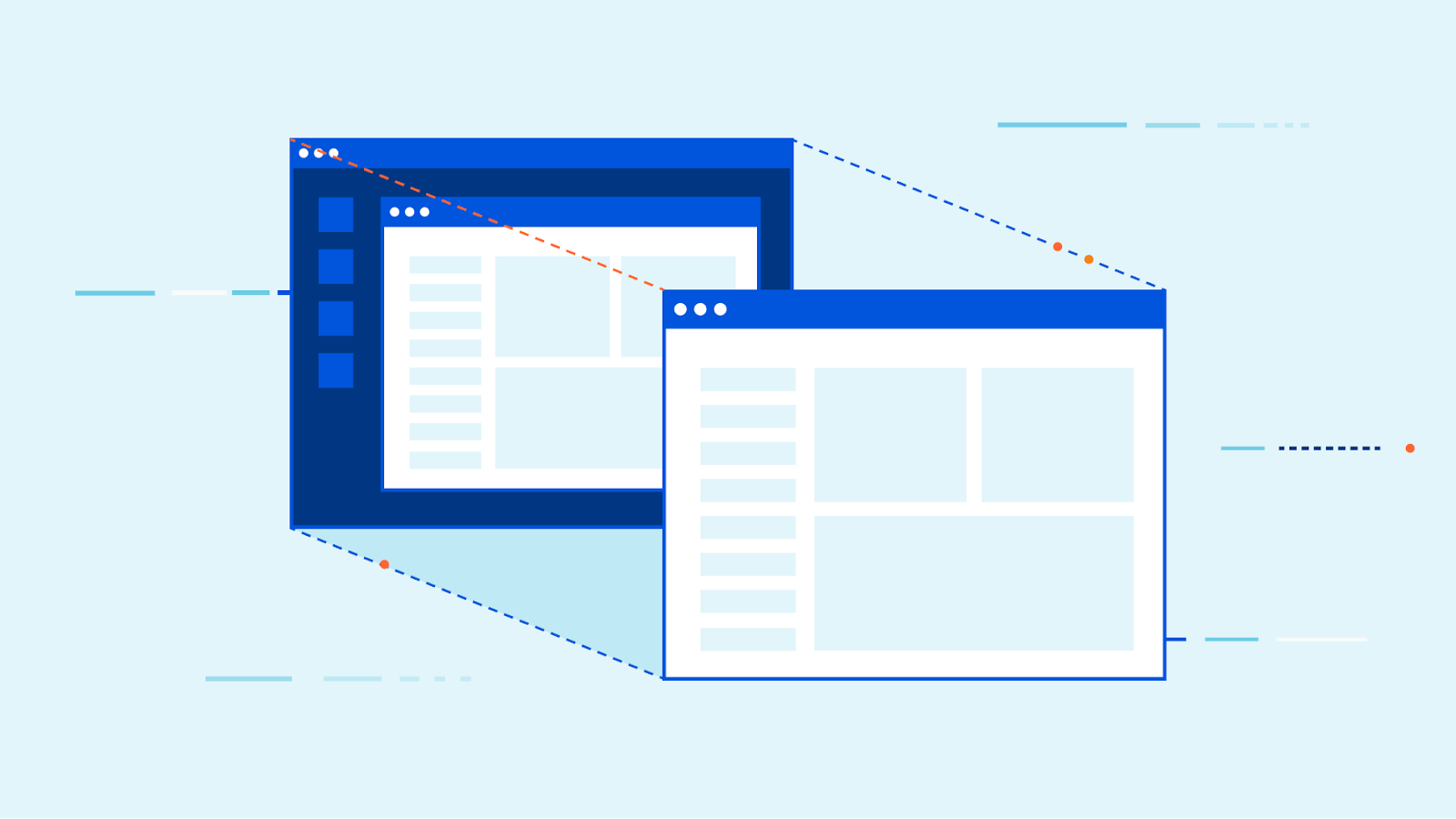
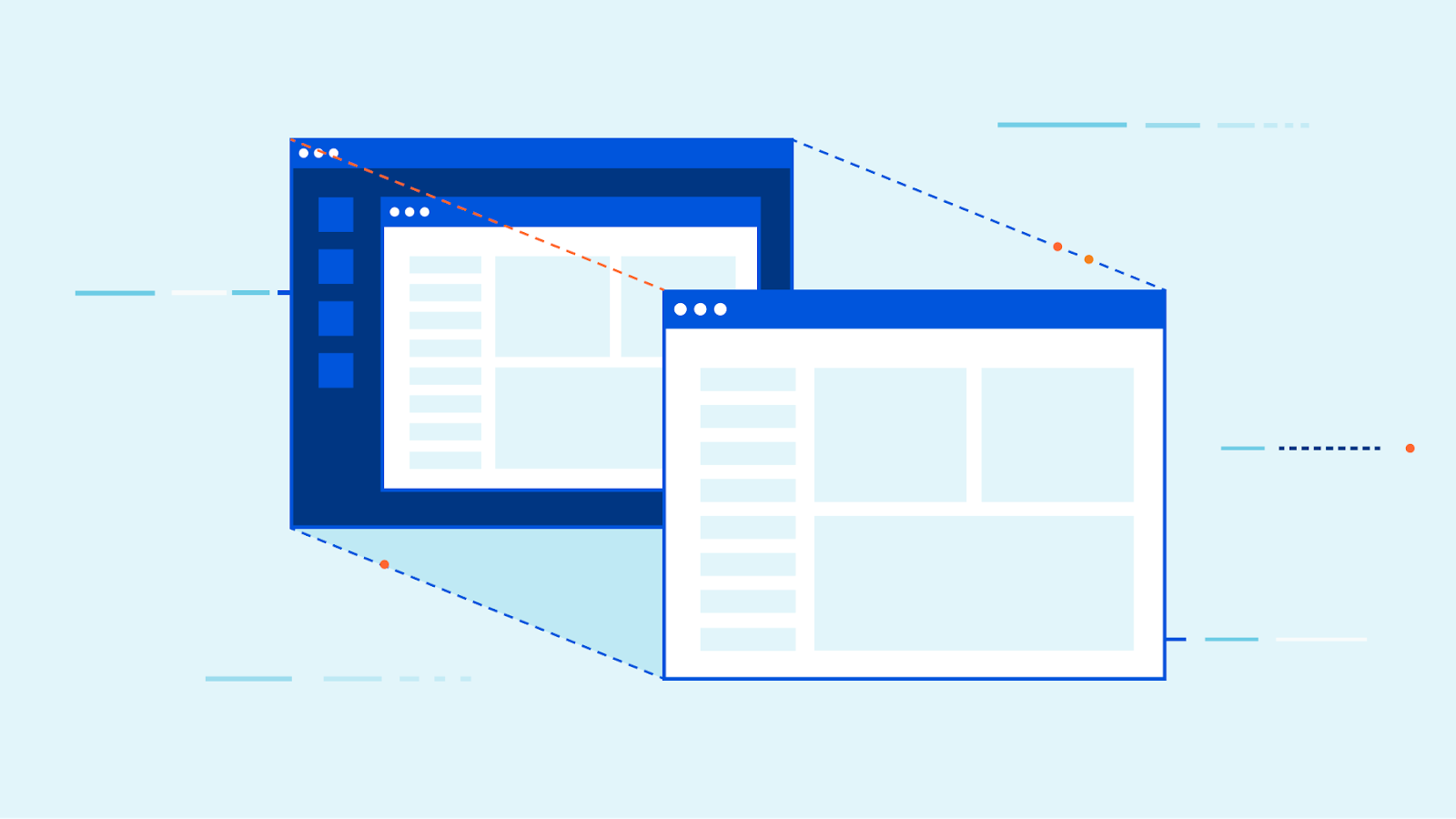
This blog offers Cloudflare’s perspective on how remote browser isolation can help organizations offload internal web application use cases currently secured by virtual desktop infrastructure (VDI). VDI has historically been useful to secure remote work, particularly when users relied on desktop applications. However, as web-based apps have become more popular than desktop apps, the drawbacks of VDI – high costs, unresponsive user experience, and complexity – have become harder to ignore. In response, we offer practical recommendations and a phased approach to transition away from VDI, so that organizations can lower cost and unlock productivity by improving employee experiences and simplifying administrative overhead.
Modern Virtual Desktop usage
Background on Virtual Desktop Infrastructure (VDI)
Virtual Desktop Infrastructure describes running desktop environments on virtual computers hosted in a data center. When users access resources within VDI, video streams from those virtual desktops are delivered securely to endpoint devices over a network. Today, VDI is predominantly hosted on-premise in data centers and either managed directly by organizations themselves or by third-party Desktop-as-a-Service (DaaS) providers. In spite of web application usage growing in favor of desktop applications, DaaS is growing, with Gartner® recently projecting DaaS spending to double by 2024.
Both flavors of VDI Continue reading
HTTP/3 inspection on Cloudflare Gateway
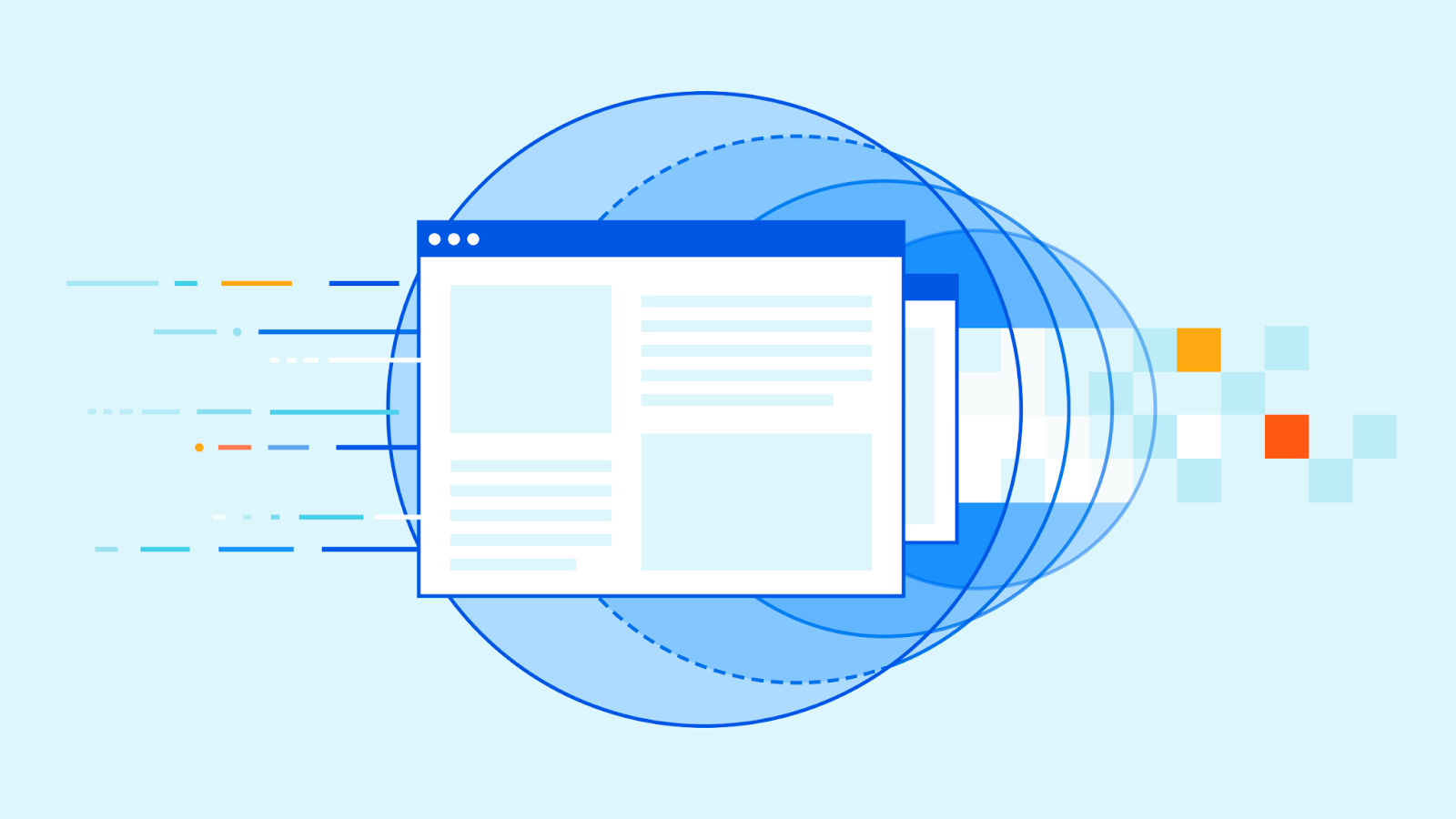
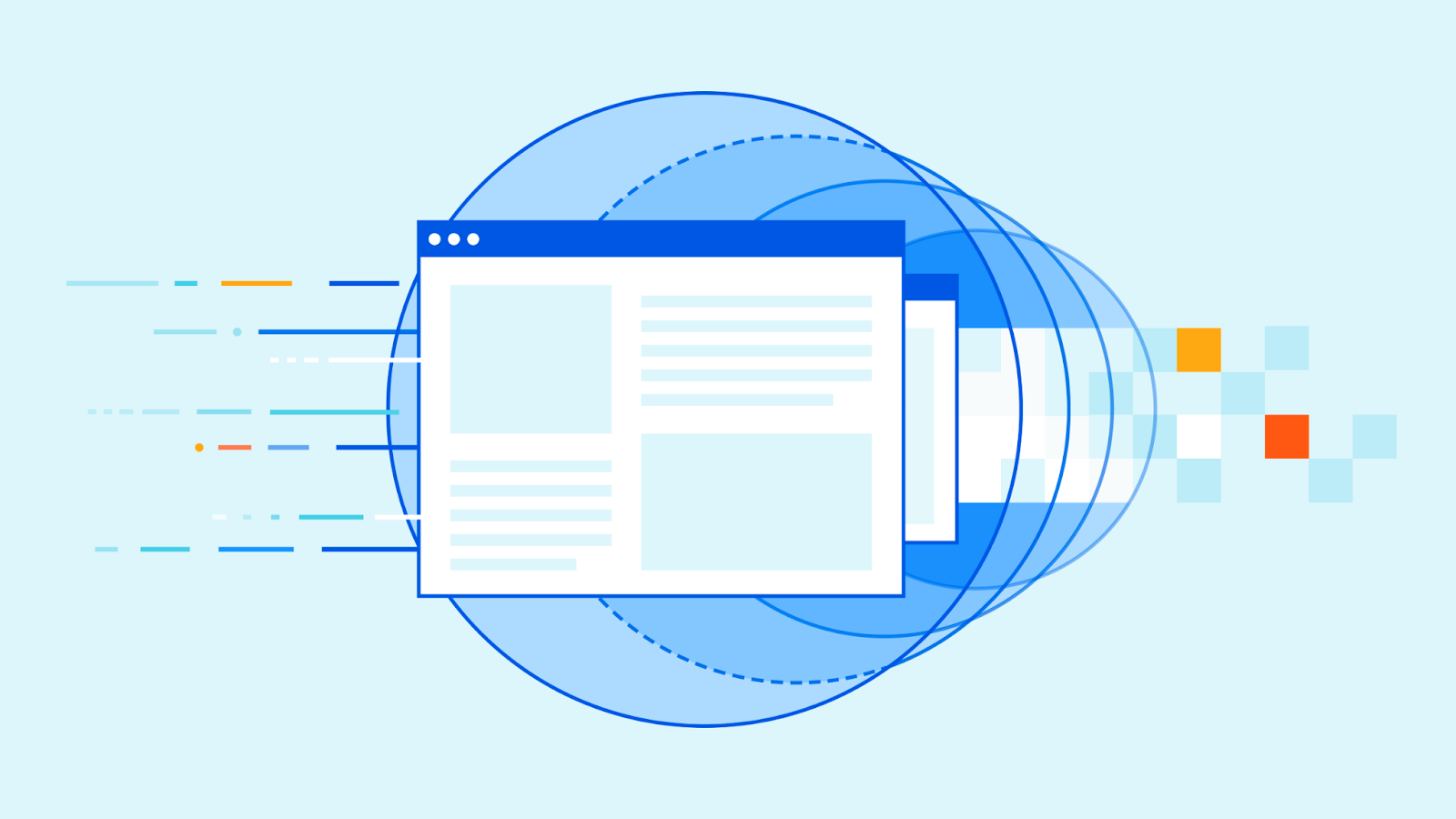
Today, we’re excited to announce upcoming support for HTTP/3 inspection through Cloudflare Gateway, our comprehensive secure web gateway. HTTP/3 currently powers 25% of the Internet and delivers a faster browsing experience, without compromising security. Until now, administrators seeking to filter and inspect HTTP/3-enabled websites or APIs needed to either compromise on performance by falling back to HTTP/2 or lose visibility by bypassing inspection. With HTTP/3 support in Cloudflare Gateway, you can have full visibility on all traffic and provide the fastest browsing experience for your users.
Why is the web moving to HTTP/3?
HTTP is one of the oldest technologies that powers the Internet. All the way back in 1996, security and performance were afterthoughts and encryption was left to the transport layer to manage. This model doesn’t scale to the performance needs of the modern Internet and has led to HTTP being upgraded to HTTP/2 and now HTTP/3.
HTTP/3 accelerates browsing activity by using QUIC, a modern transport protocol that is always encrypted by default. This delivers faster performance by reducing round-trips between the user and the web server and is more performant for users with unreliable connections. For further information about HTTP/3’s performance advantages take a look at Continue reading
Connect to private network services with Browser Isolation
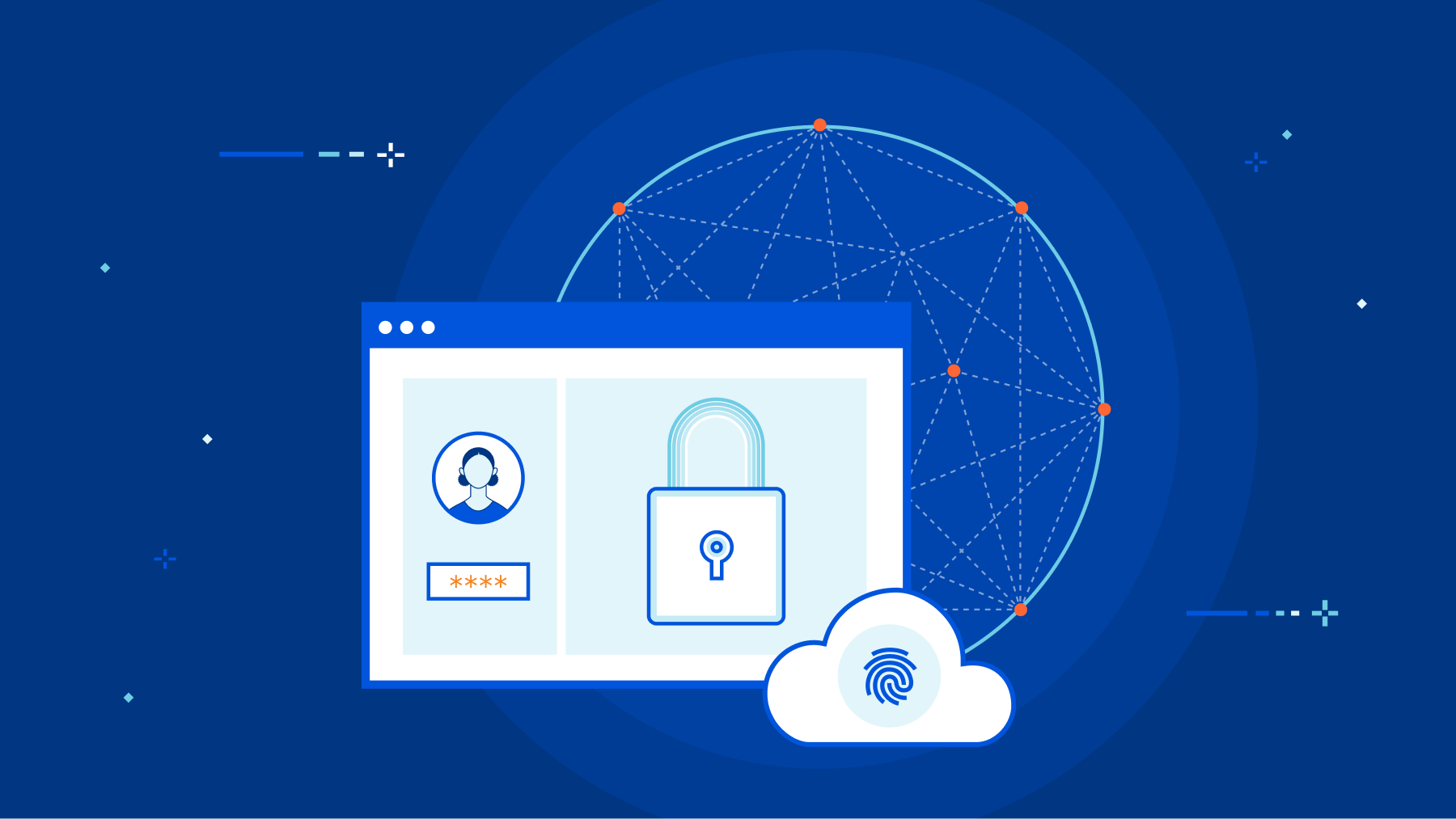
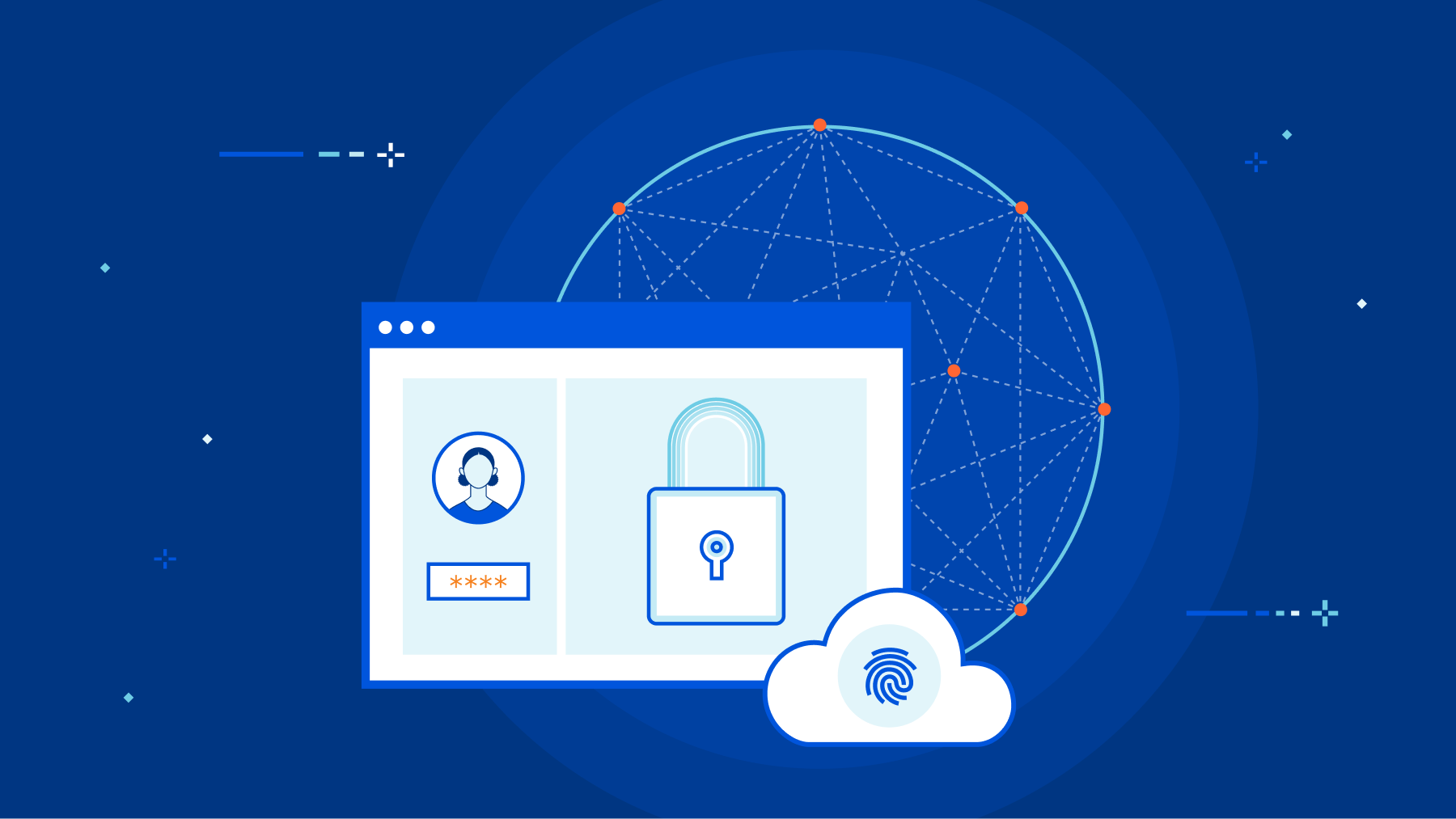
If you’re working in an IT organization that has relied on virtual desktops but looking to get rid of them, we have some good news: starting today, you can connect your users to your private network via isolated remote browsers. This means you can deliver sensitive internal web applications — reducing costs without sacrificing security.
Browser Isolation with private network connectivity enables your users to securely access private web services without installing any software or agents on an endpoint device or absorbing the management and cost overhead of serving virtual desktops. What’s even better: Browser Isolation is natively integrated into Cloudflare’s Zero Trust platform, making it easy to control and monitor who can access what private services from a remote browser without sacrificing performance or security.
Deprecating virtual desktops for web apps
The presence of virtual desktops in the workplace tells an interesting story about the evolution of deploying and securing enterprise applications. Serving a full virtual desktop to end-users is an expensive decision, each user requiring a dedicated virtual machine with multiple CPU cores and gigabytes of memory to run a full operating system. This cost was offset by the benefits of streamlining desktop app distribution and the security Continue reading
Announcing Gateway + CASB
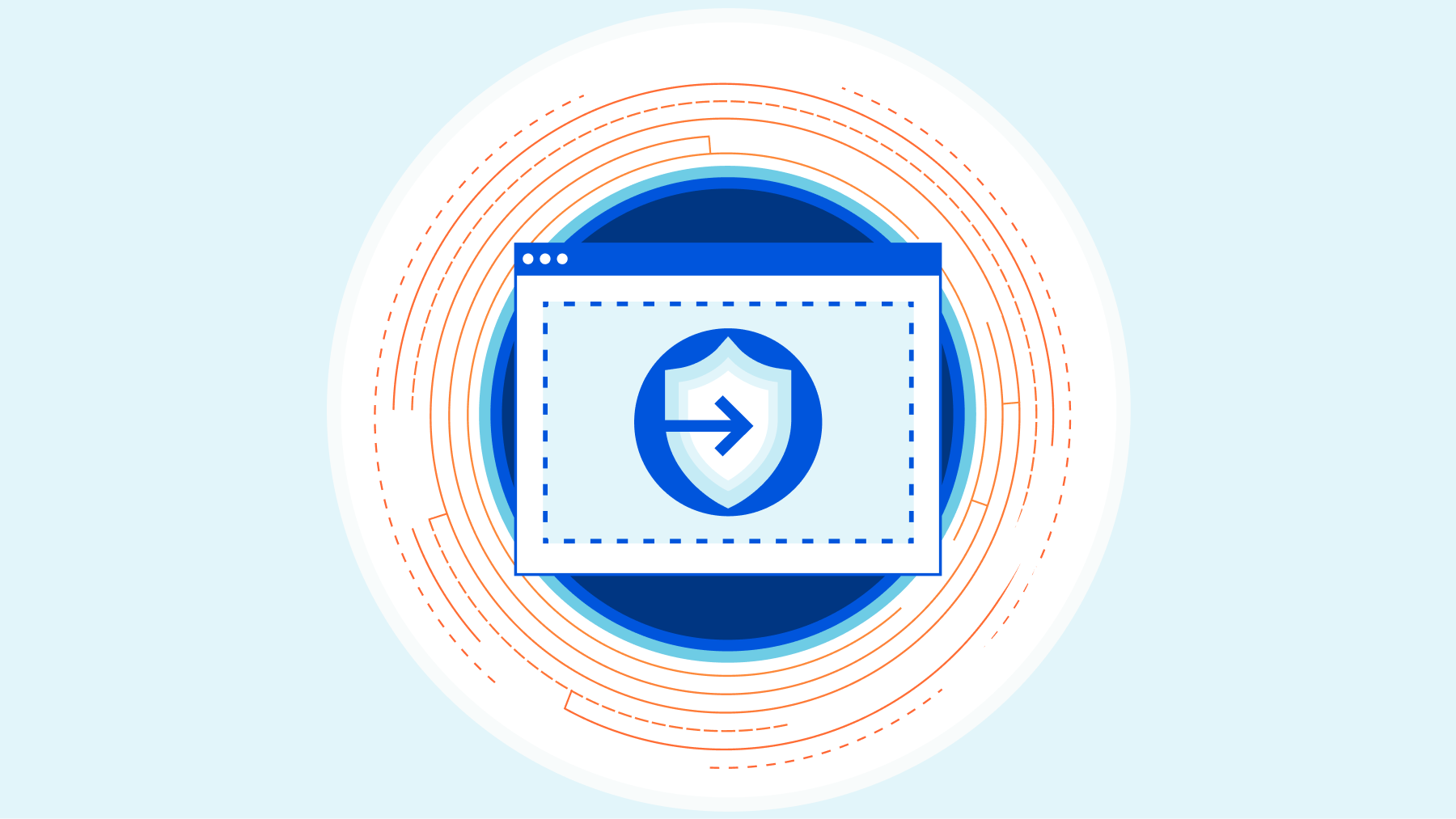
This post is also available in 简体中文, 日本語, Español.
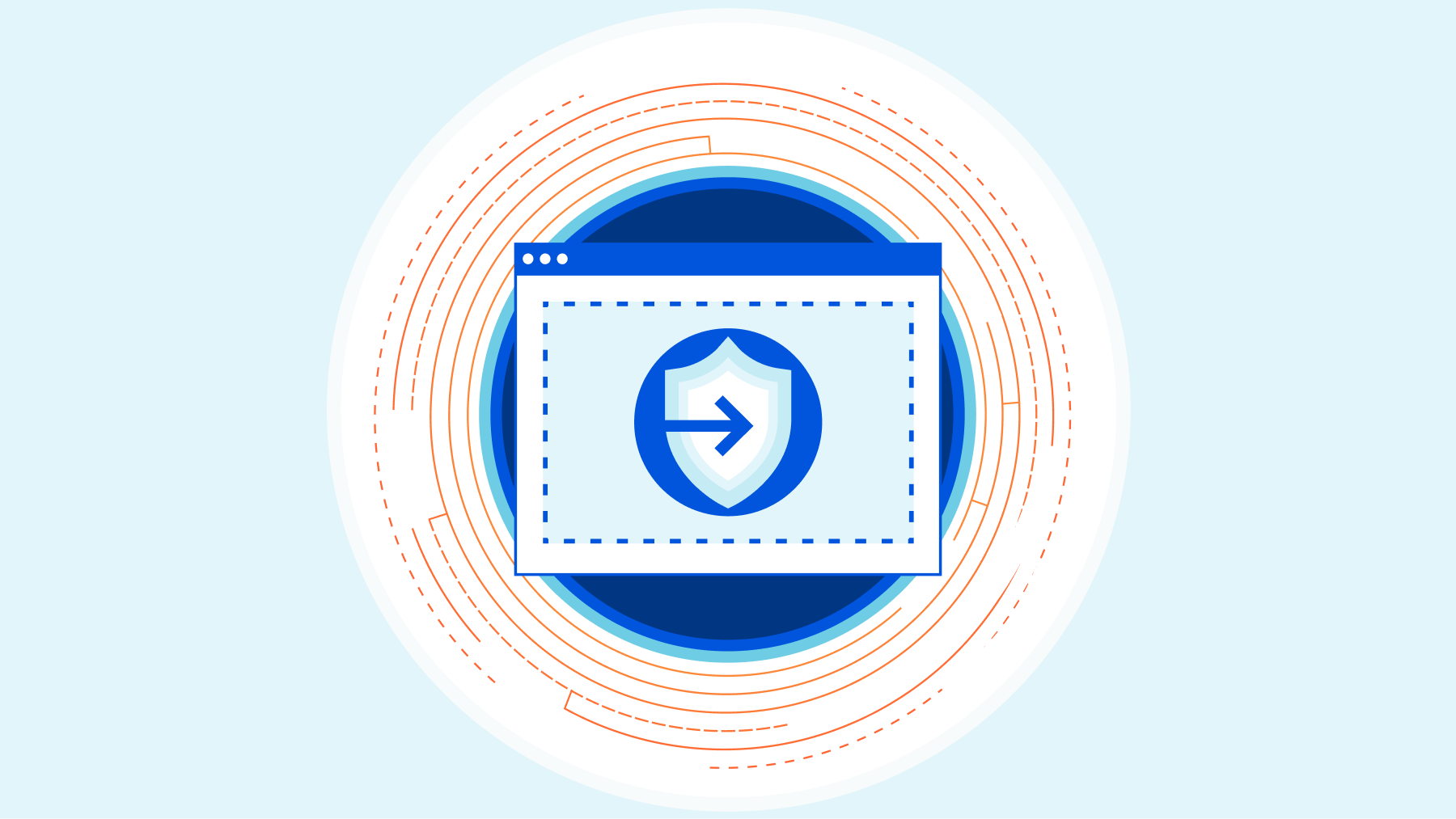
Shadow IT and managing access to sanctioned or unsanctioned SaaS applications remain one of the biggest pain points for IT administrators in the era of the cloud.
We're excited to announce that starting today, Cloudflare’s Secure Web Gateway and our new API-driven Cloud Access Security Broker (CASB) work seamlessly together to help IT and security teams go from finding Shadow IT to fixing it in minutes.
Detect security issues within SaaS applications
Cloudflare's API-driven CASB starts by providing comprehensive visibility into SaaS applications, so you can easily prevent data leaks and compliance violations. Setup takes just a few clicks to integrate with your organization's SaaS services, like Google Workspace and Microsoft 365. From there, IT and security teams can see what applications and services their users are logging into and how company data is being shared.
So you’ve found the issues. But what happens next?
Identify and detect, but then what?
Customer feedback from the API-driven CASB beta has followed a similar theme: it was super easy to set up and detect all my security issues, but how do I fix this stuff?
Almost immediately after investigating the most Continue reading
Early Hints update: How Cloudflare, Google, and Shopify are working together to build a faster Internet for everyone

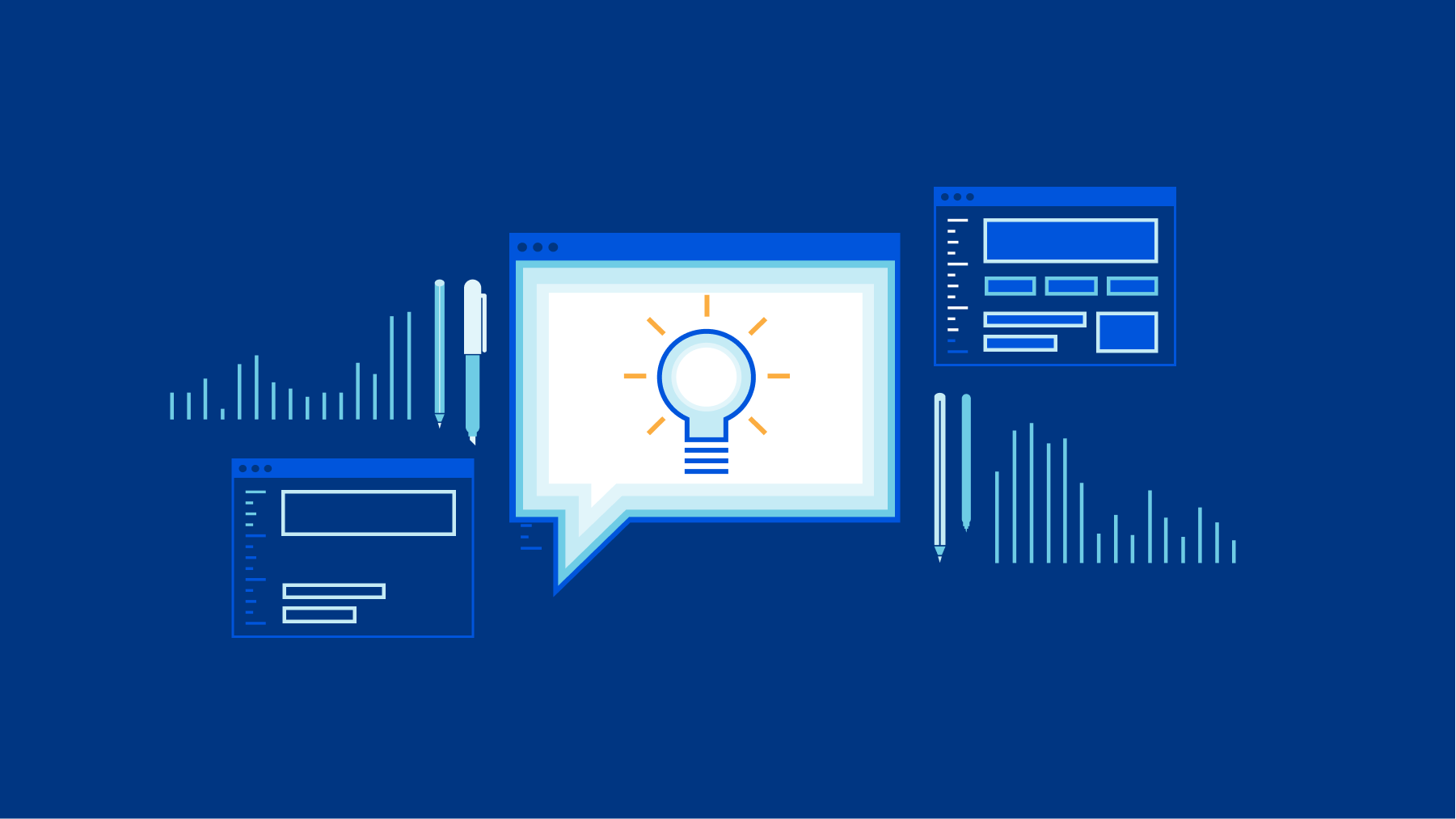
A few months ago, we wrote a post focused on a product we were building that could vastly improve page load performance. That product, known as Early Hints, has seen wide adoption since that original post. In early benchmarking experiments with Early Hints, we saw performance improvements that were as high as 30%.
Now, with over 100,000 customers using Early Hints on Cloudflare, we are excited to talk about how much Early Hints have improved page loads for our customers in production, how customers can get the most out of Early Hints, and provide an update on the next iteration of Early Hints we’re building.
What Are Early Hints again?
As a reminder, the browser you’re using right now to read this page needed instructions for what to render and what resources (like images, fonts, and scripts) need to be fetched from somewhere else in order to complete the loading of this (or any given) web page. When you decide you want to see a page, your browser sends a request to a server and the instructions for what to load come from the server’s response. These responses are generally composed of a multitude of resources that tell the browser Continue reading
A stronger bridge to Zero Trust
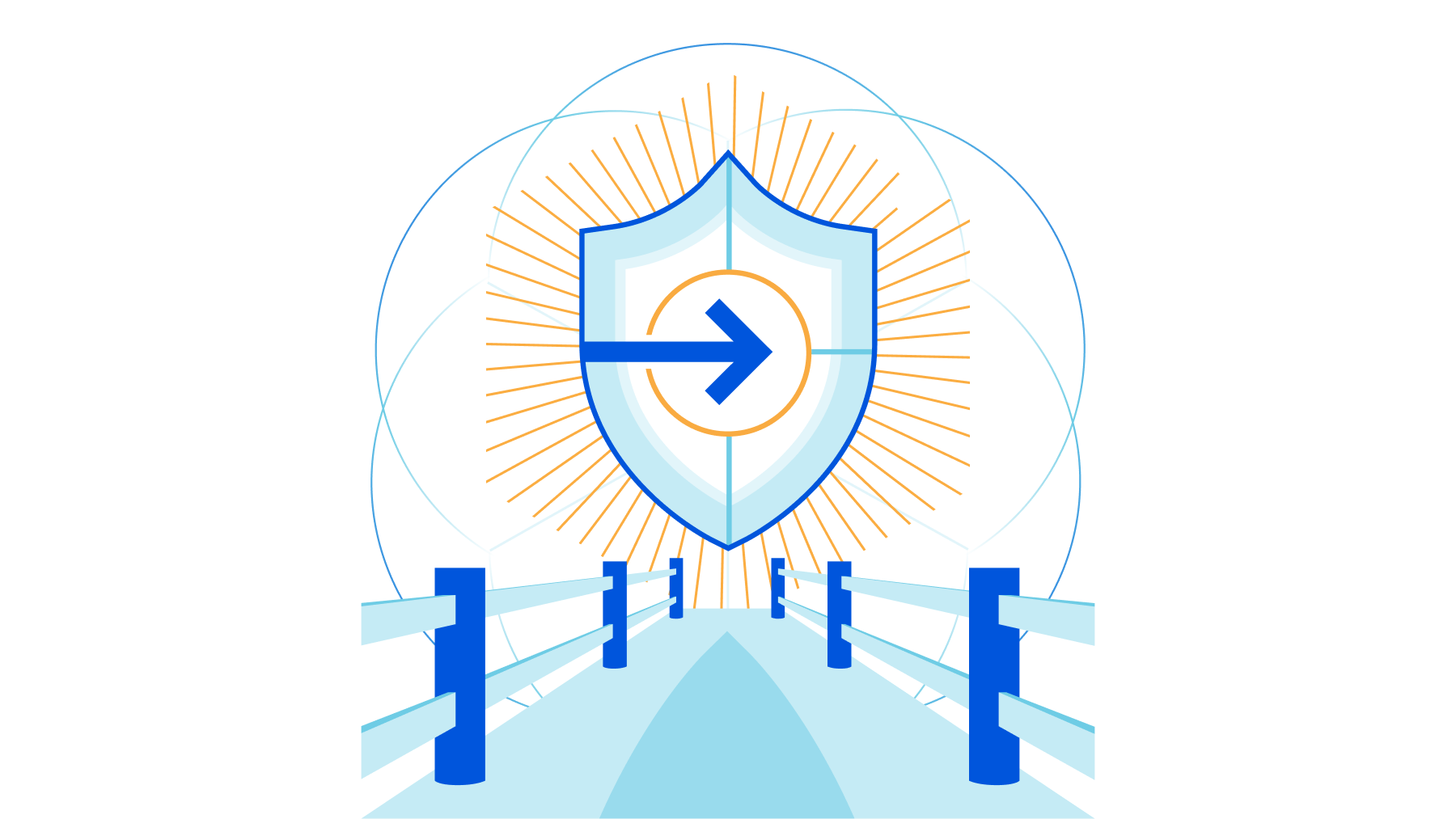
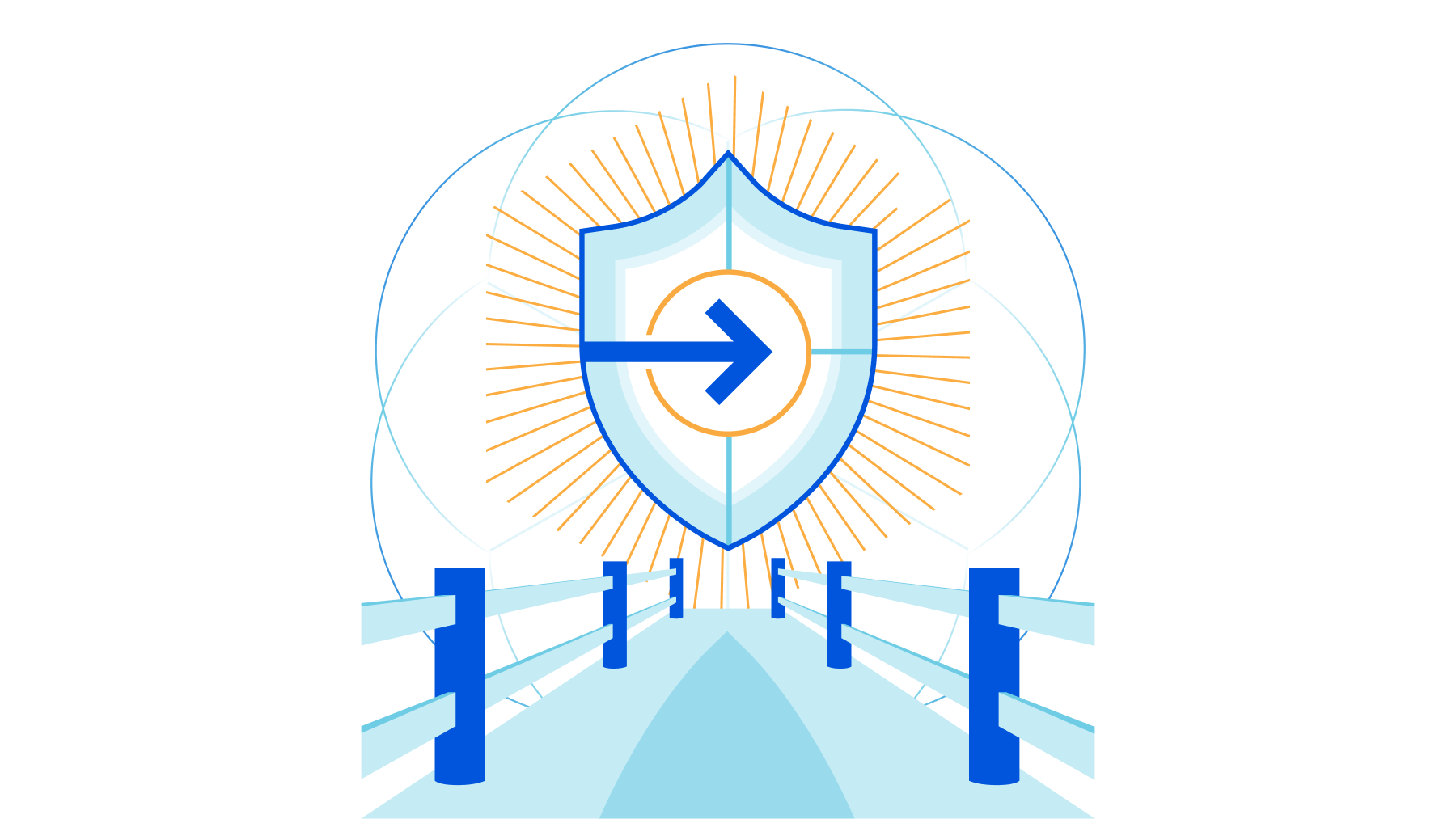
We know that migration to Zero Trust architecture won’t be an overnight process for most organizations, especially those with years of traditional hardware deployments and networks stitched together through M&A. But part of why we’re so excited about Cloudflare One is that it provides a bridge to Zero Trust for companies migrating from legacy network architectures.
Today, we’re doubling down on this — announcing more enhancements to the Cloudflare One platform that make a transition from legacy architecture to the Zero Trust network of the future easier than ever: new plumbing for more Cloudflare One on-ramps, expanded support for additional IPsec parameters, and easier on-ramps from your existing SD-WAN appliances.
Any on- or off-ramp: fully composable and interoperable
When we announced our vision for Cloudflare One, we emphasized the importance of allowing customers to connect to our network however they want — with hardware devices they’ve already deployed, with any carrier they already have in place, with existing technology standards like IPsec tunnels or more Zero Trust approaches like our lightweight application connector. In hundreds of customer conversations since that launch, we’ve heard you reiterate the importance of this flexibility. You need a platform that meets you where you Continue reading